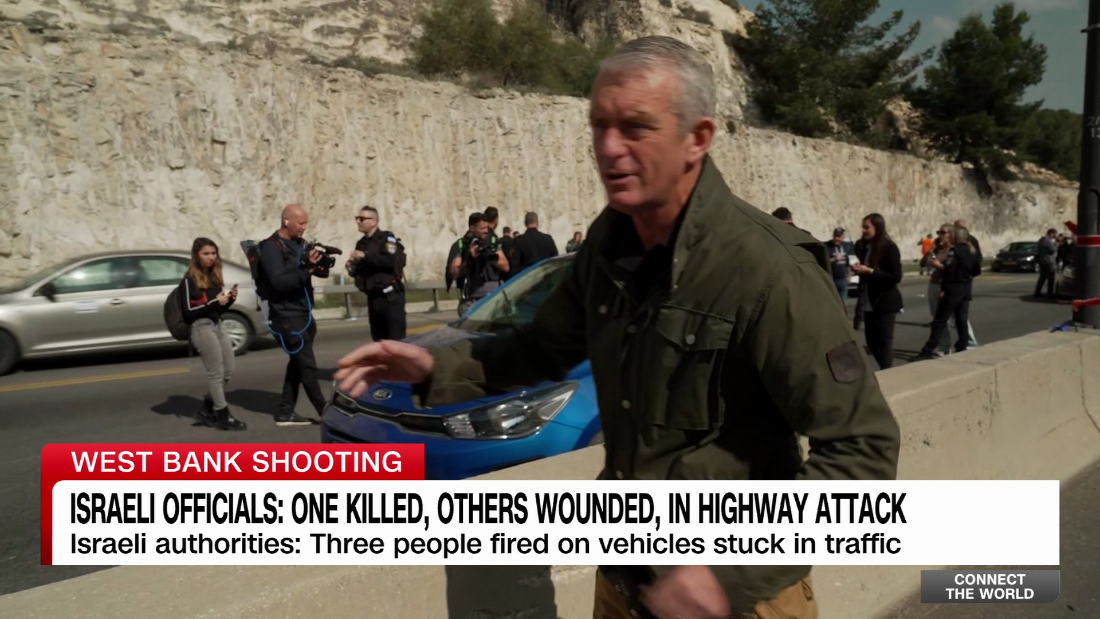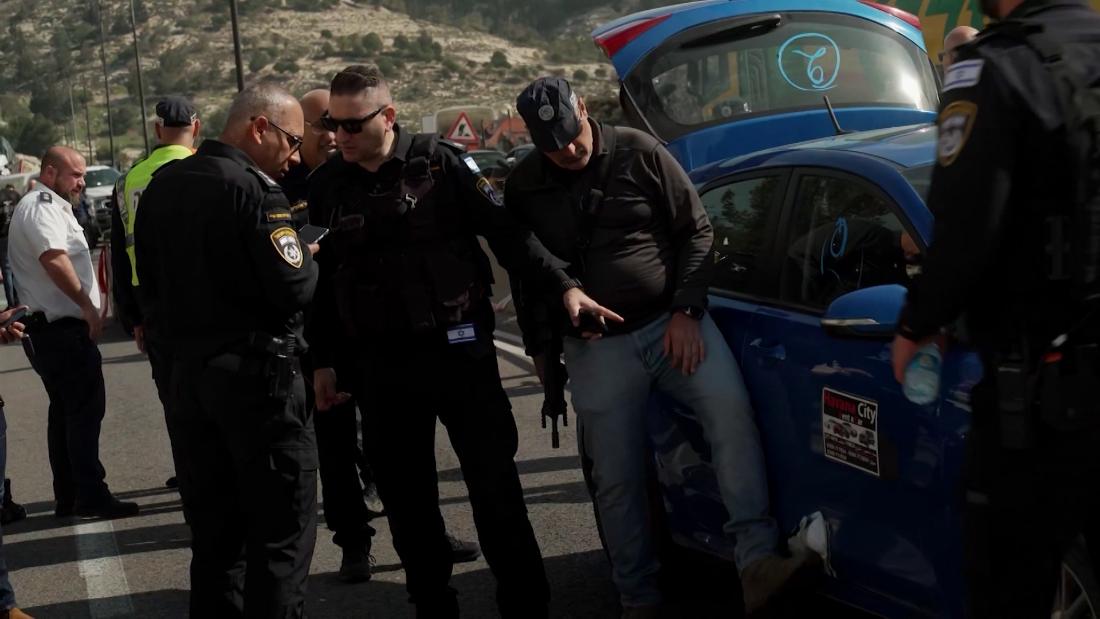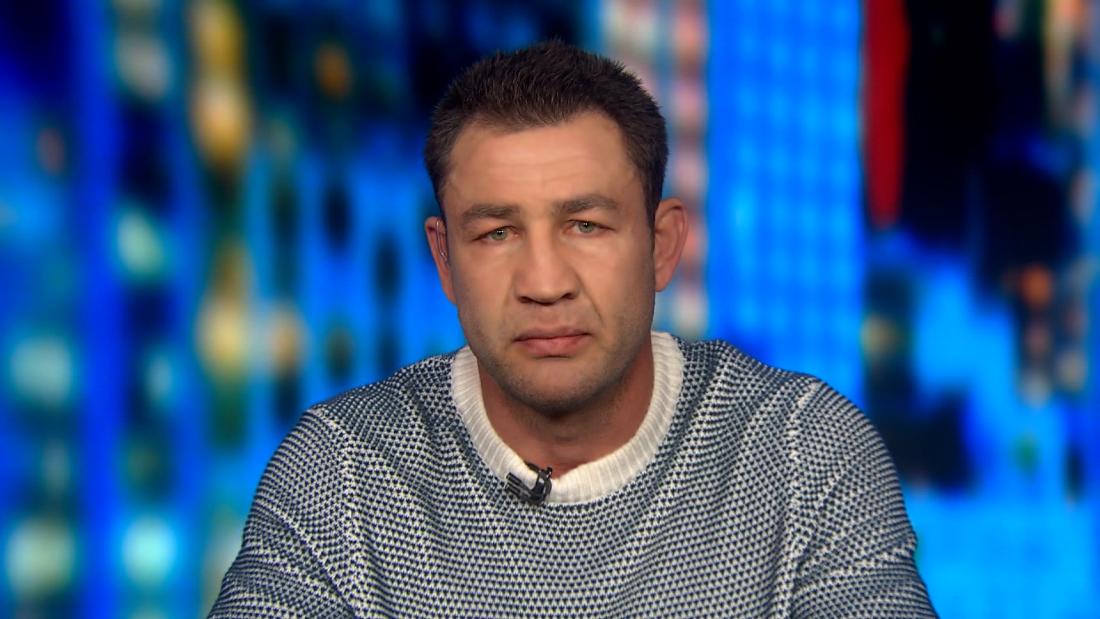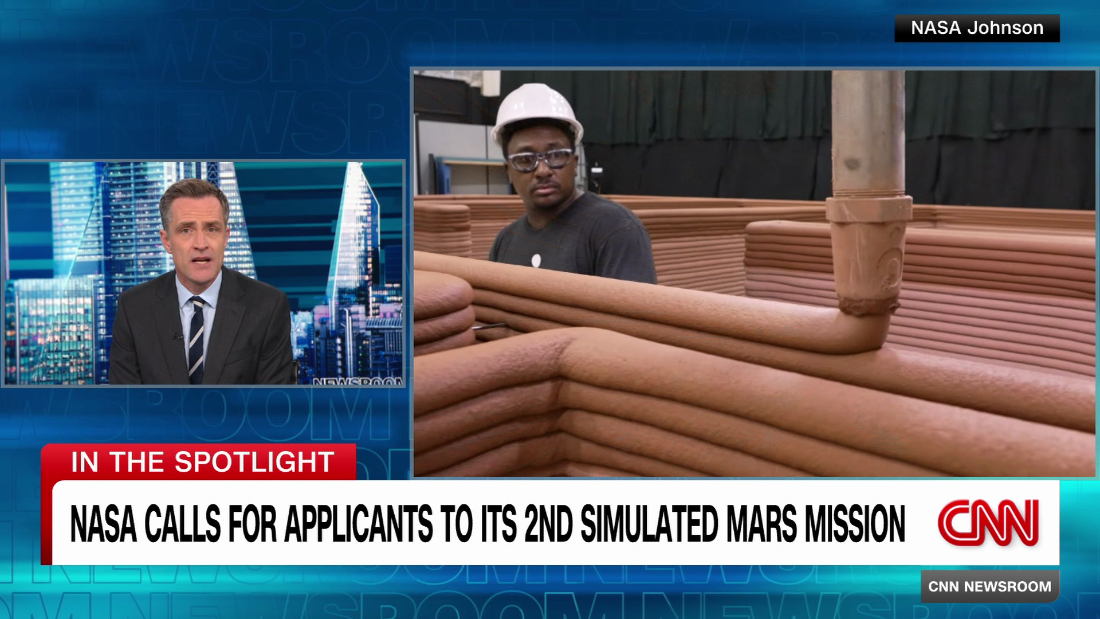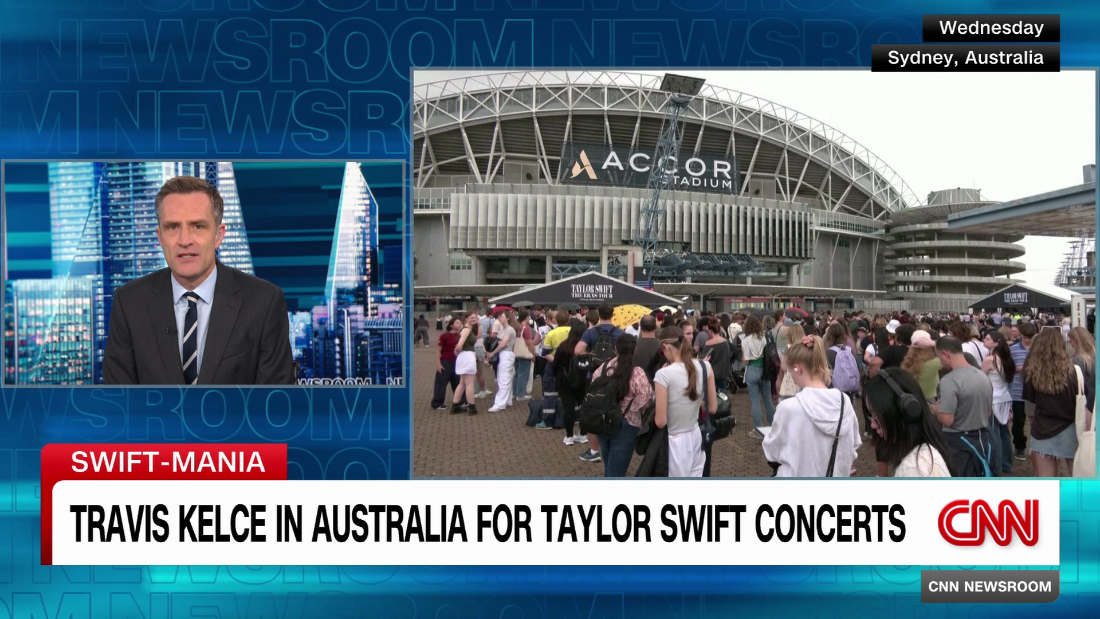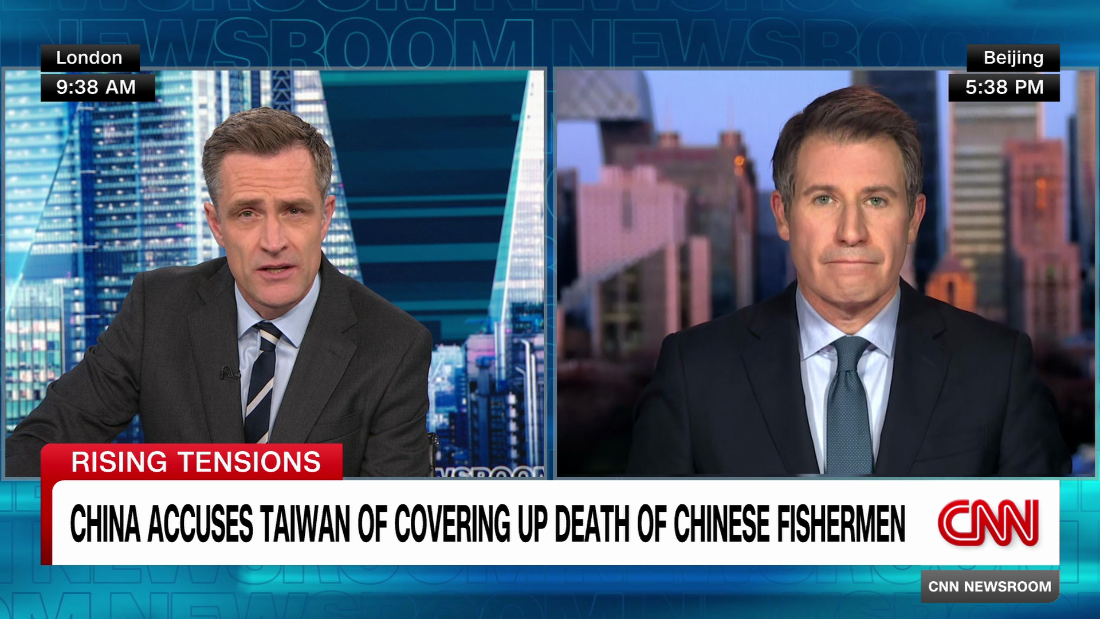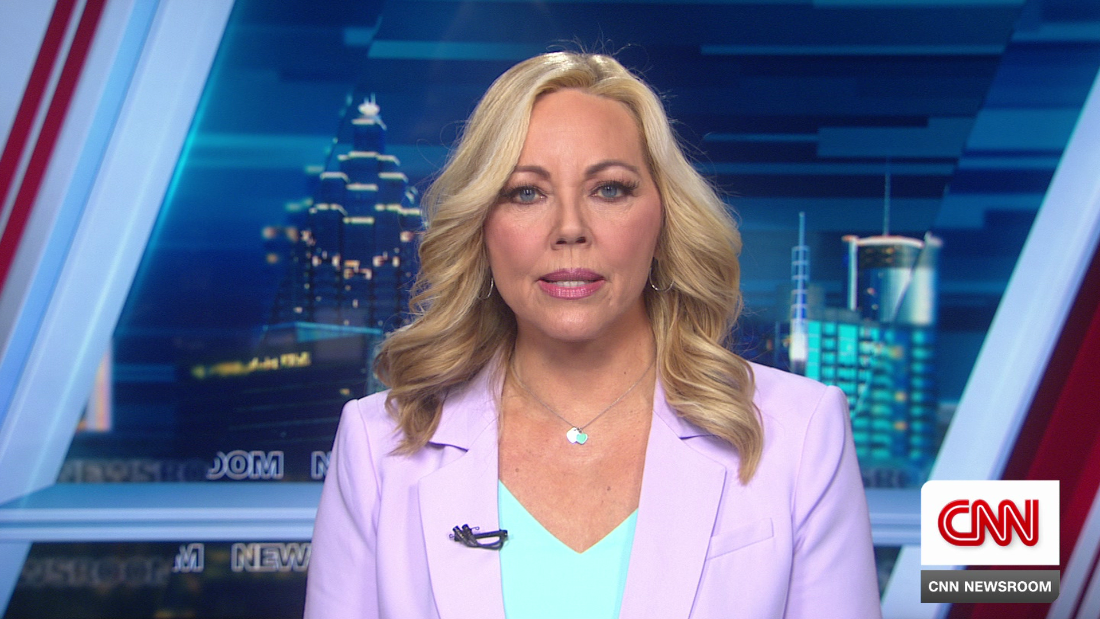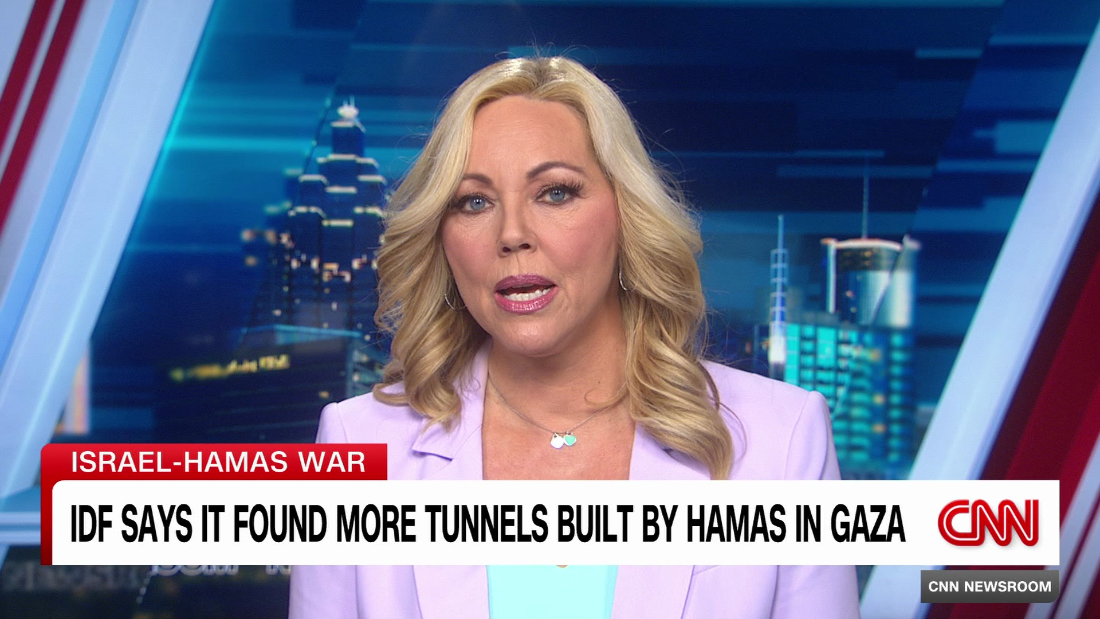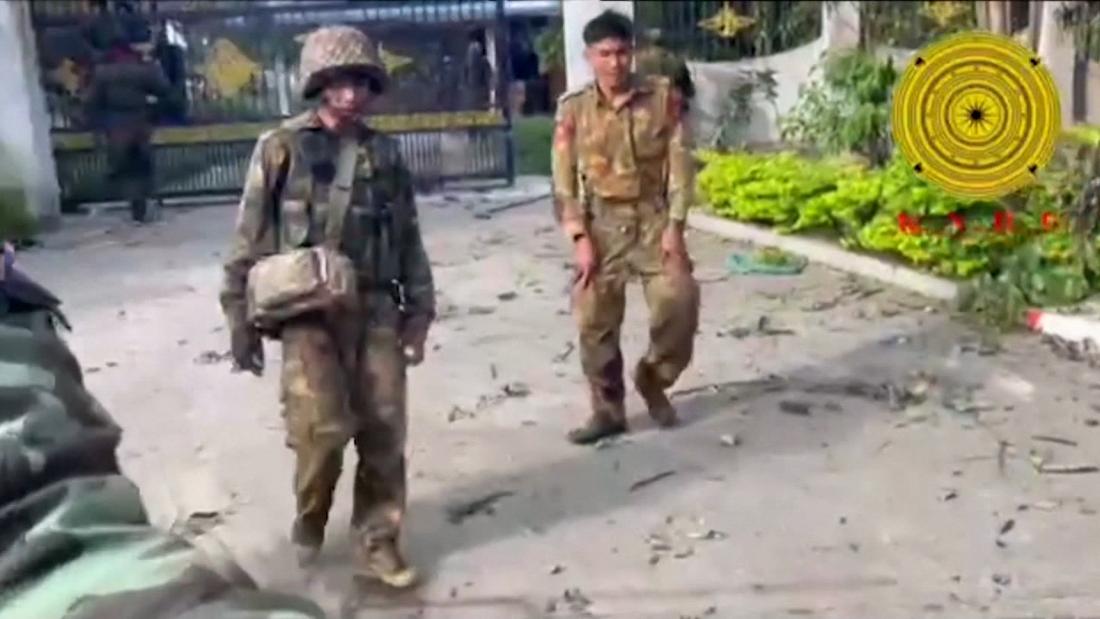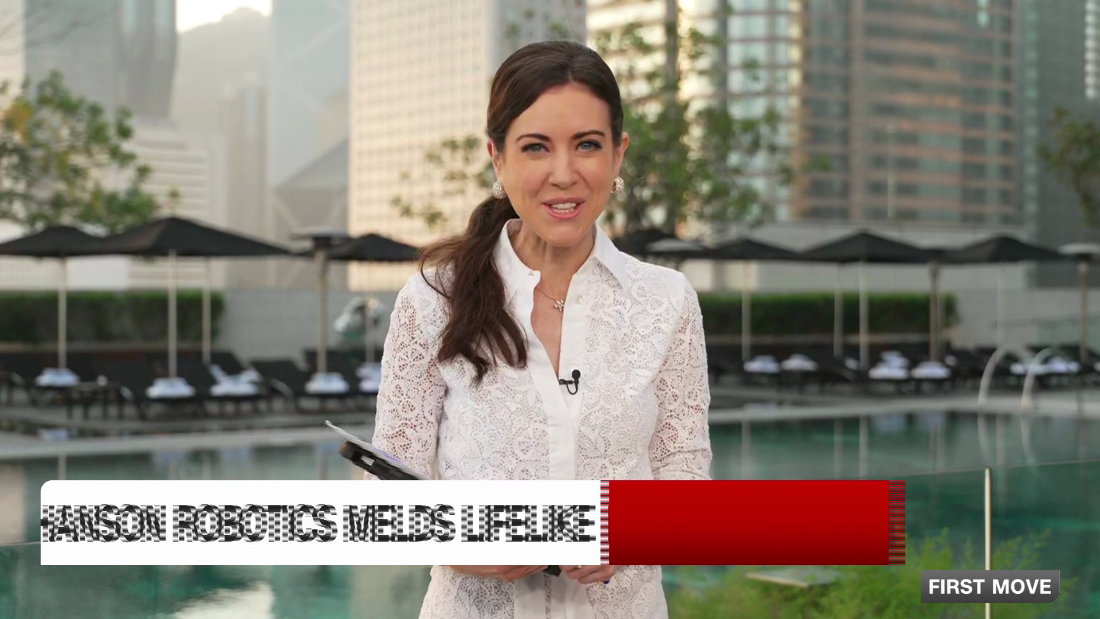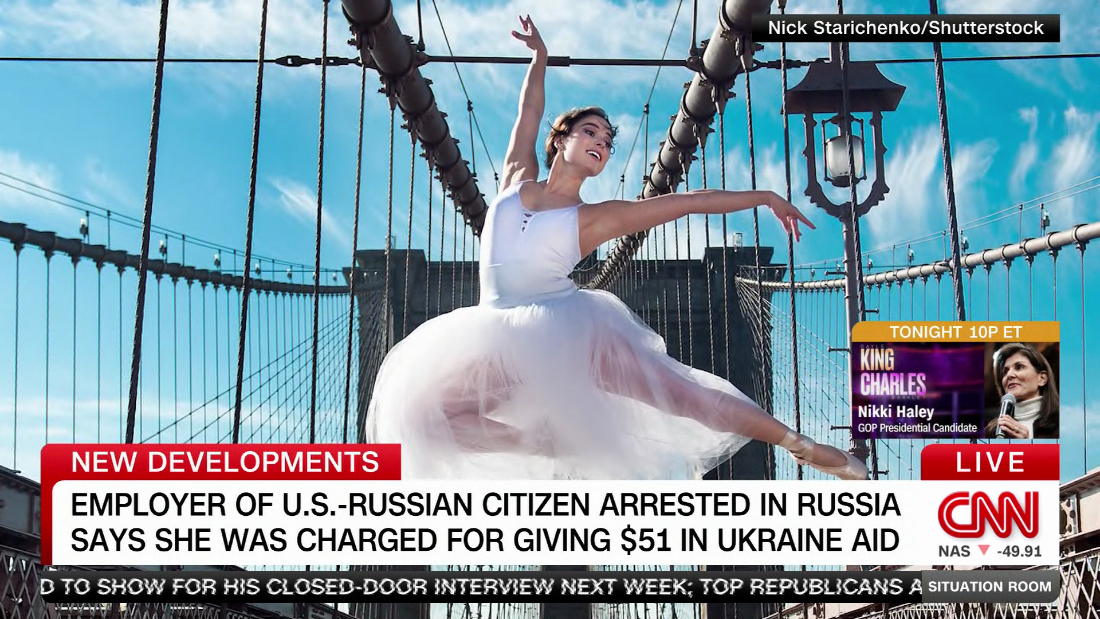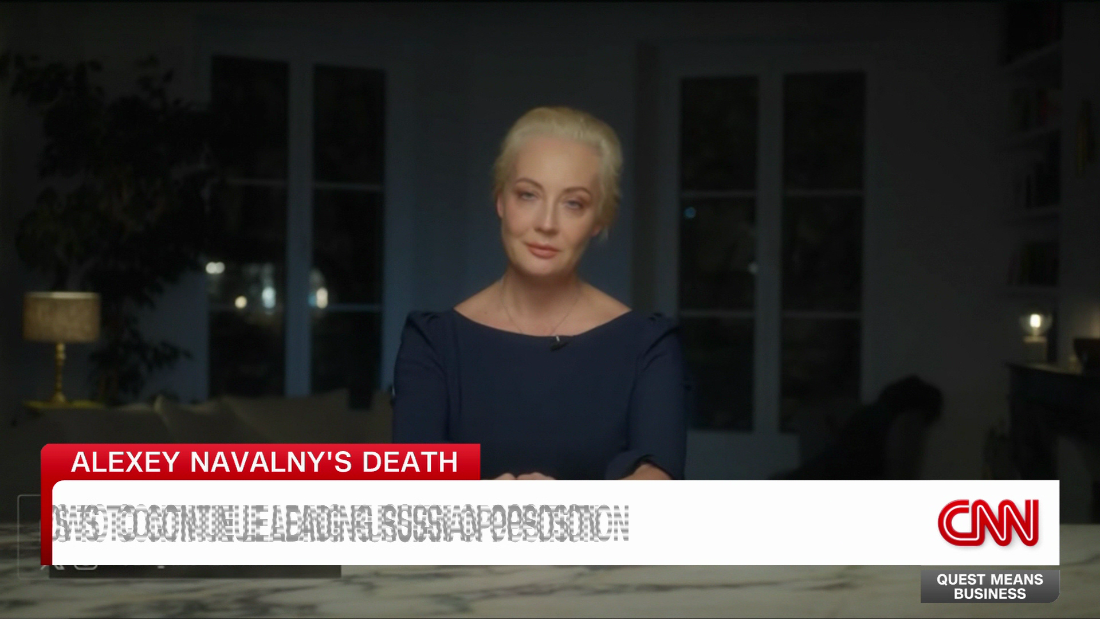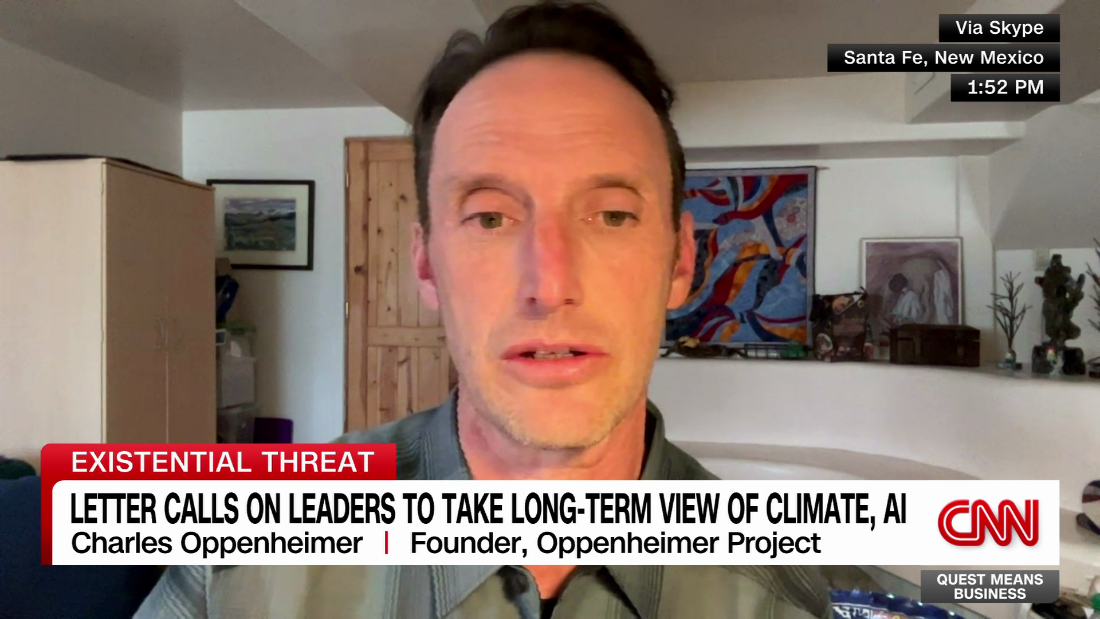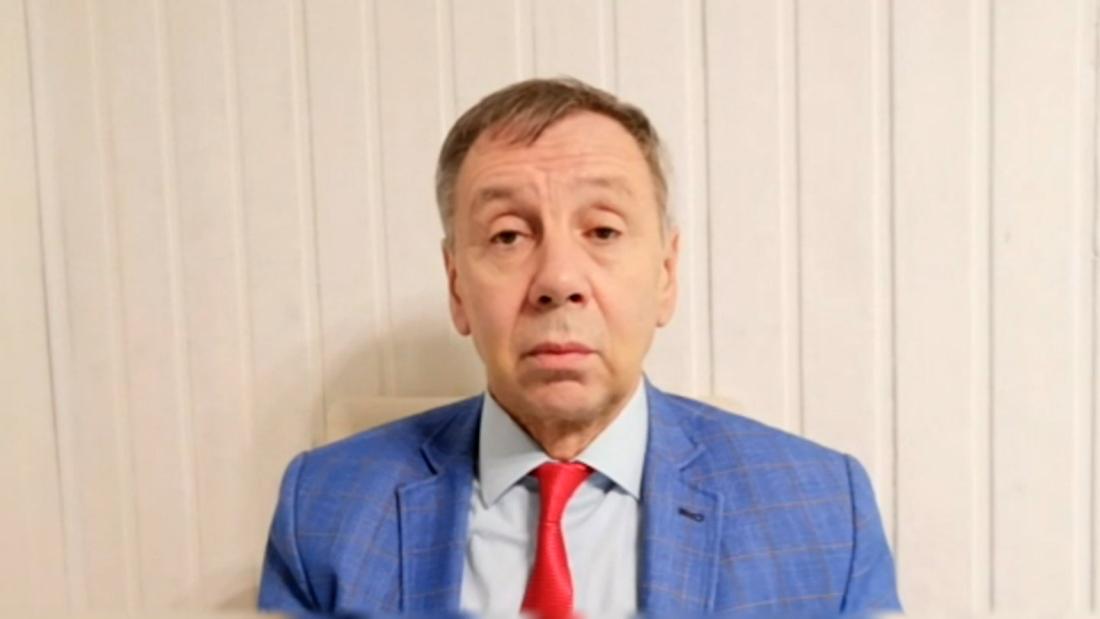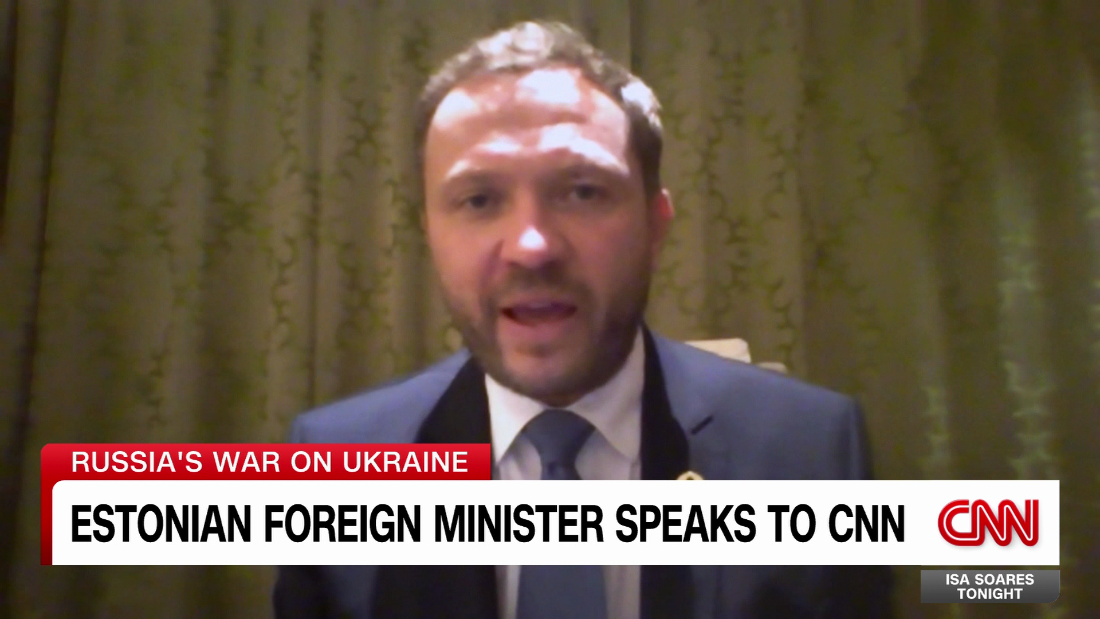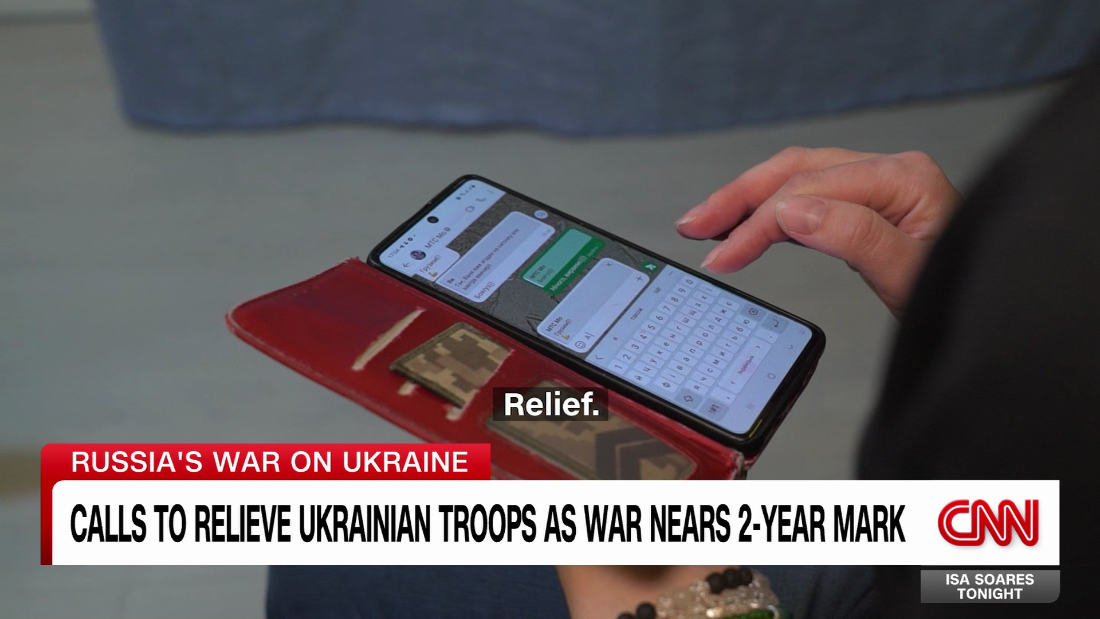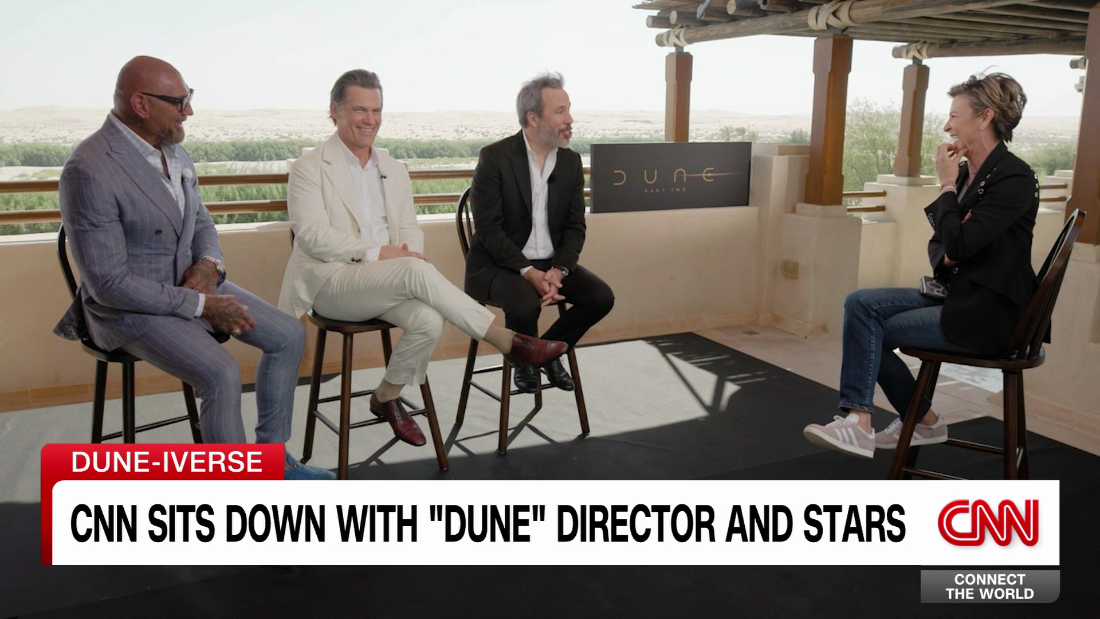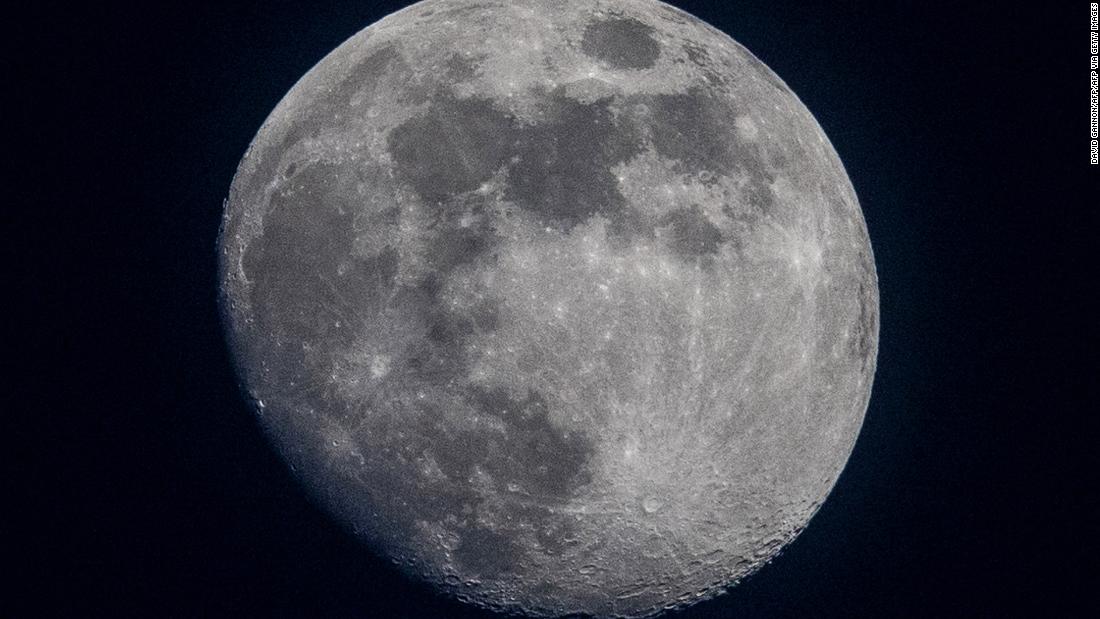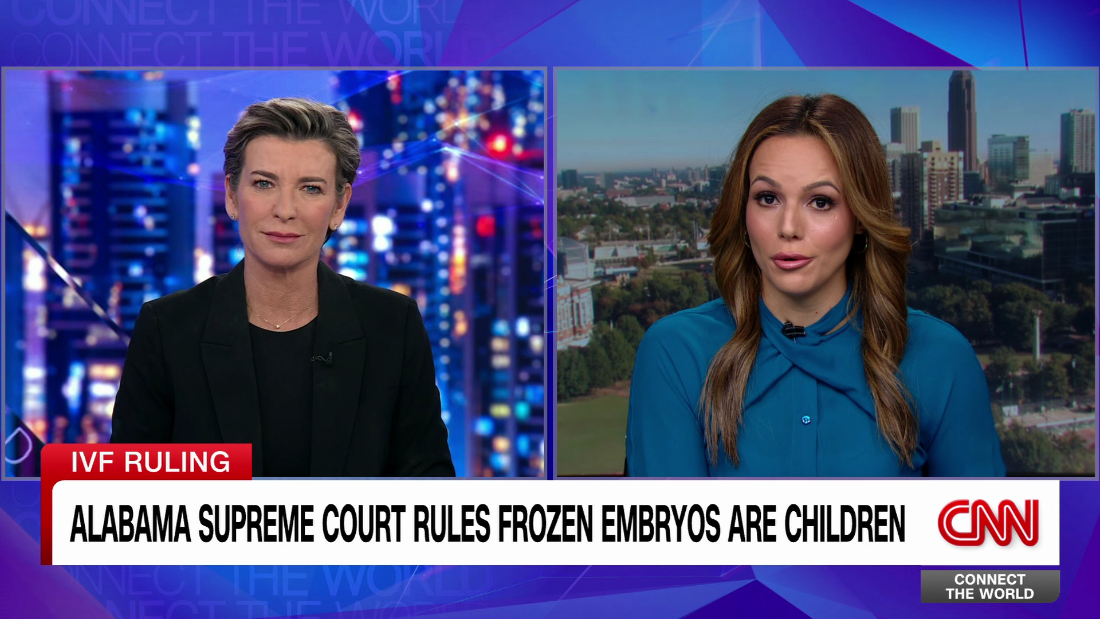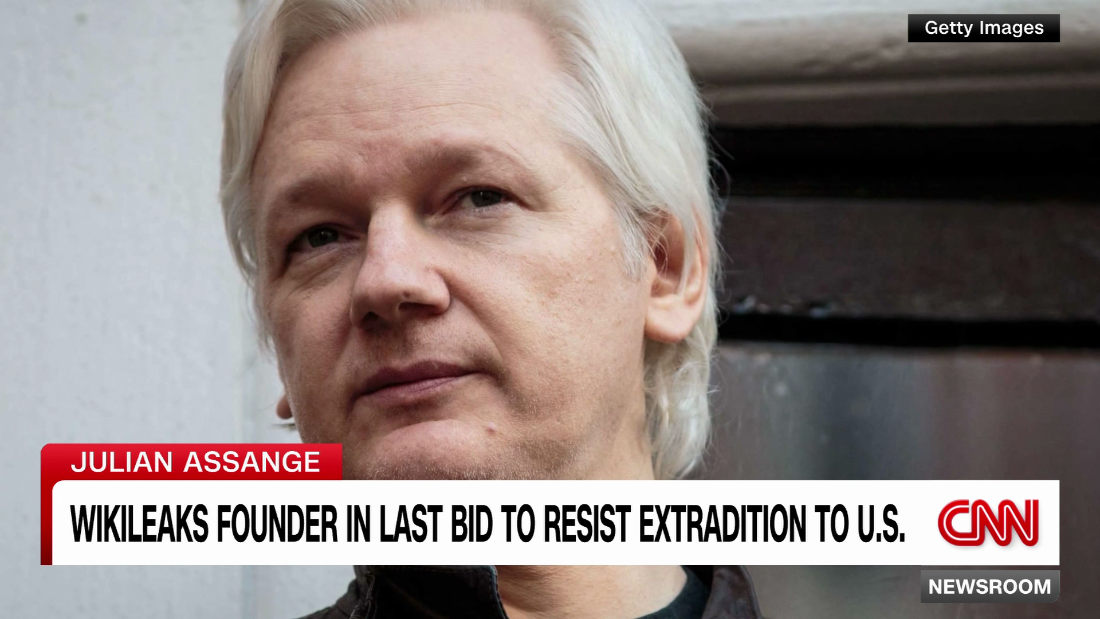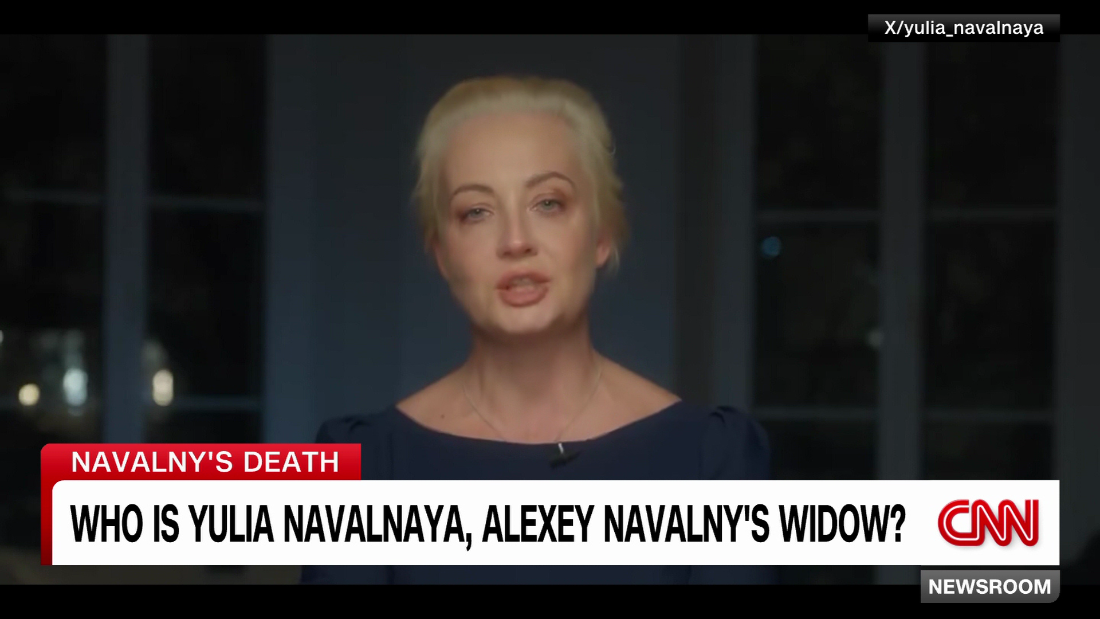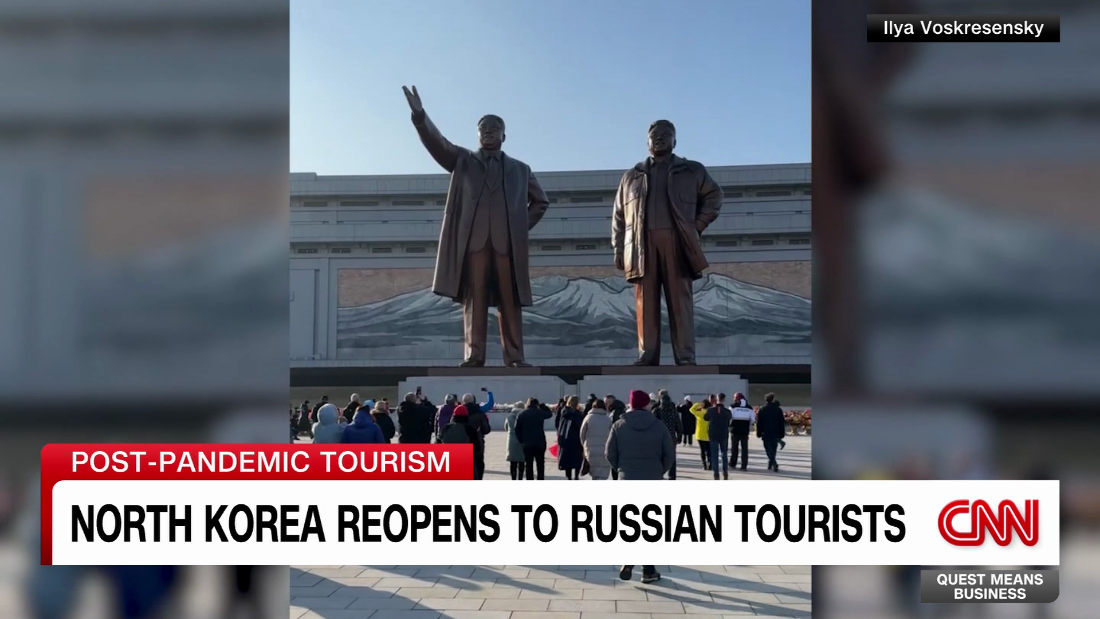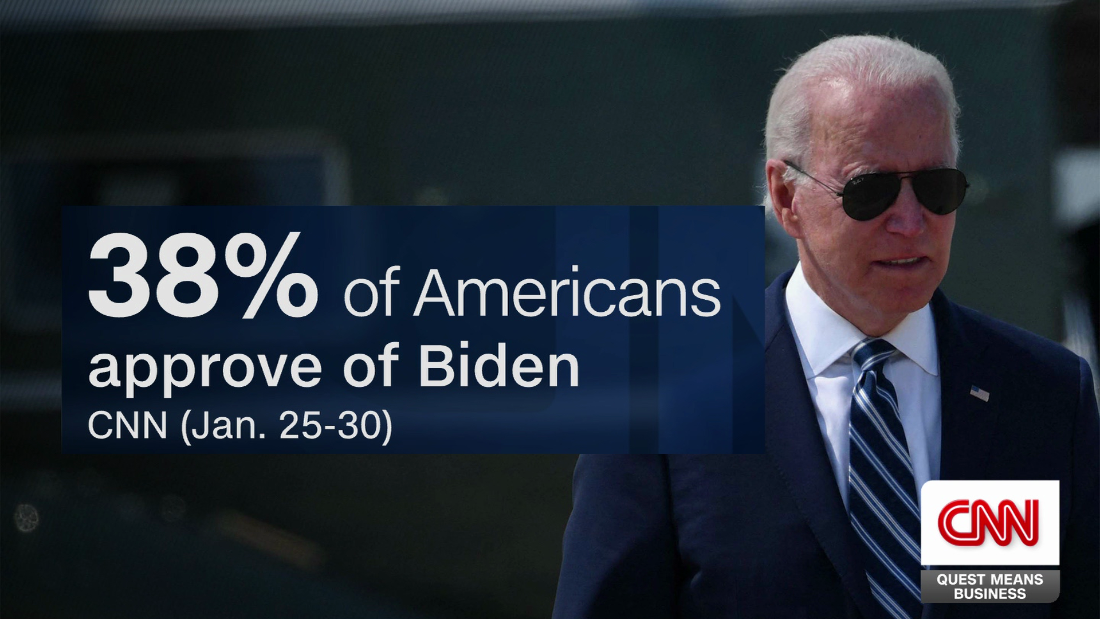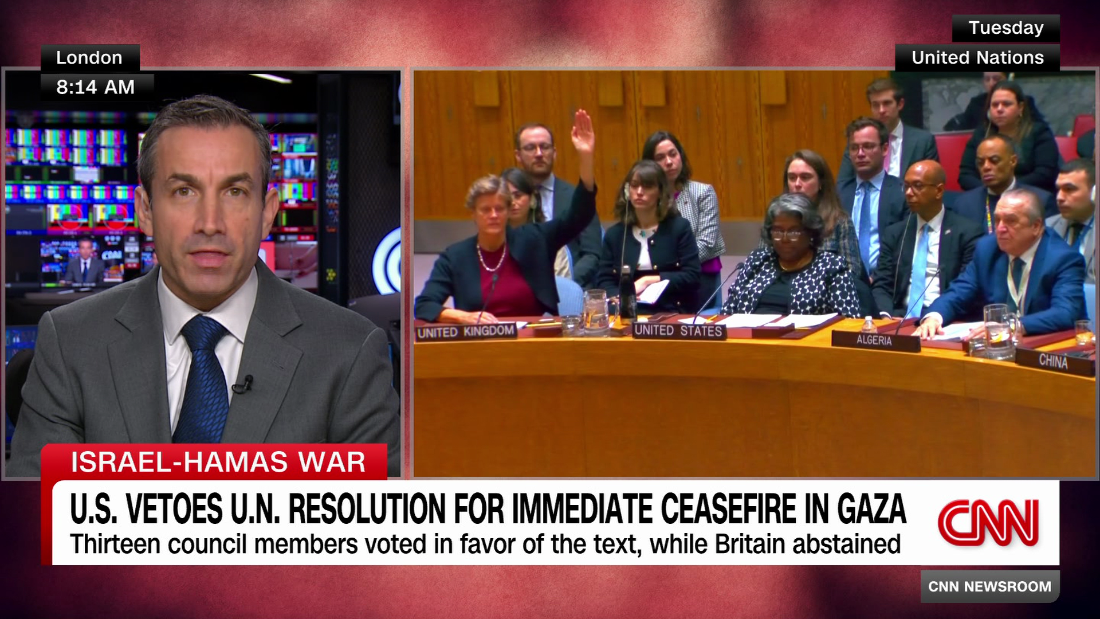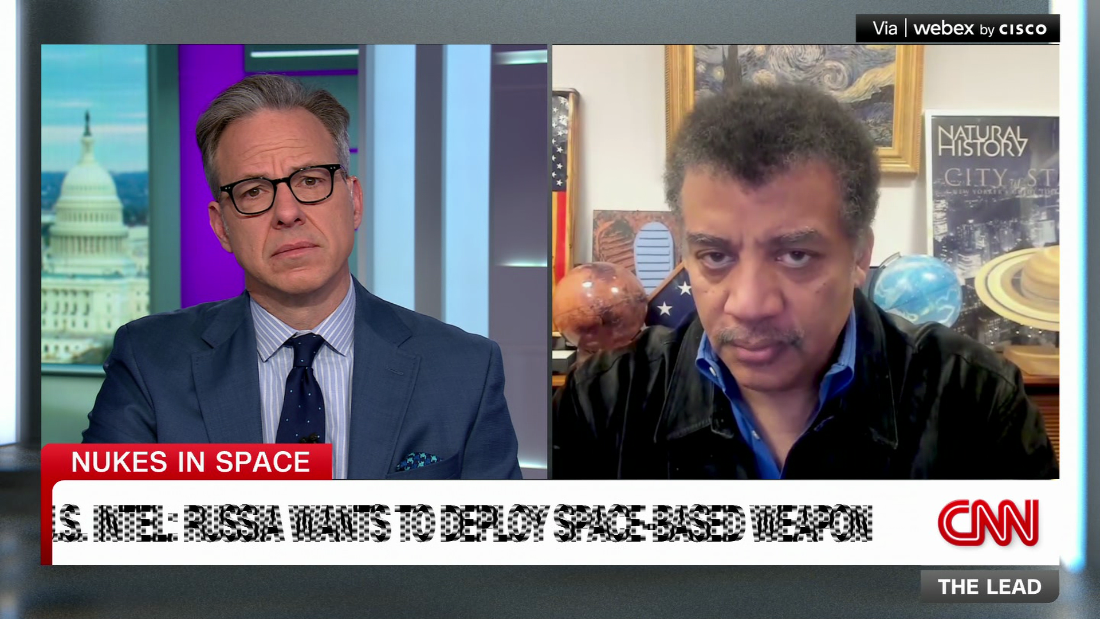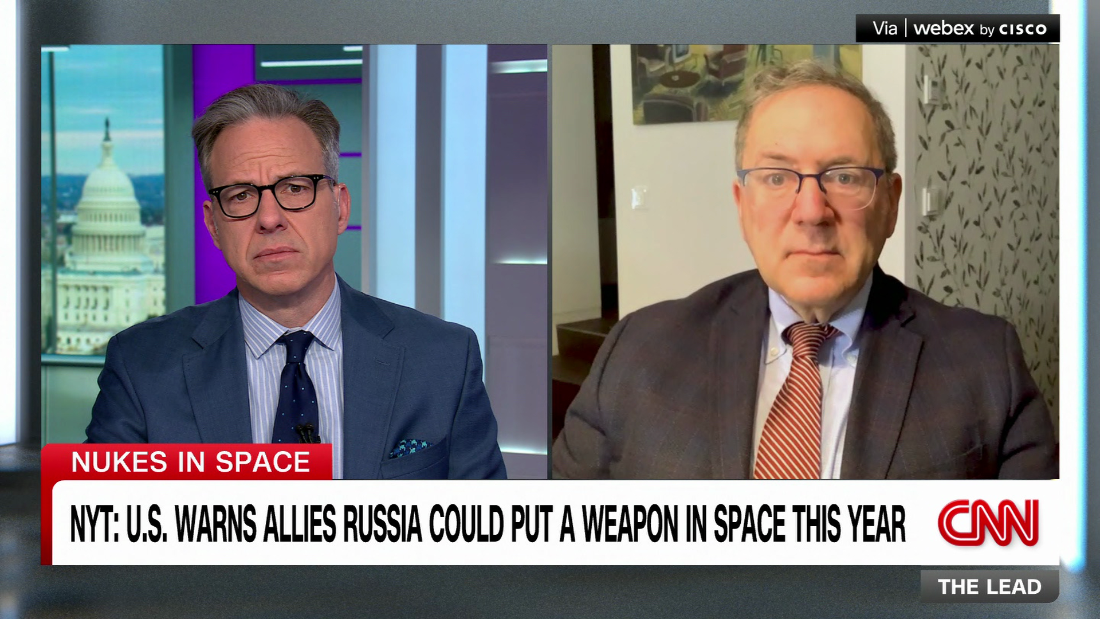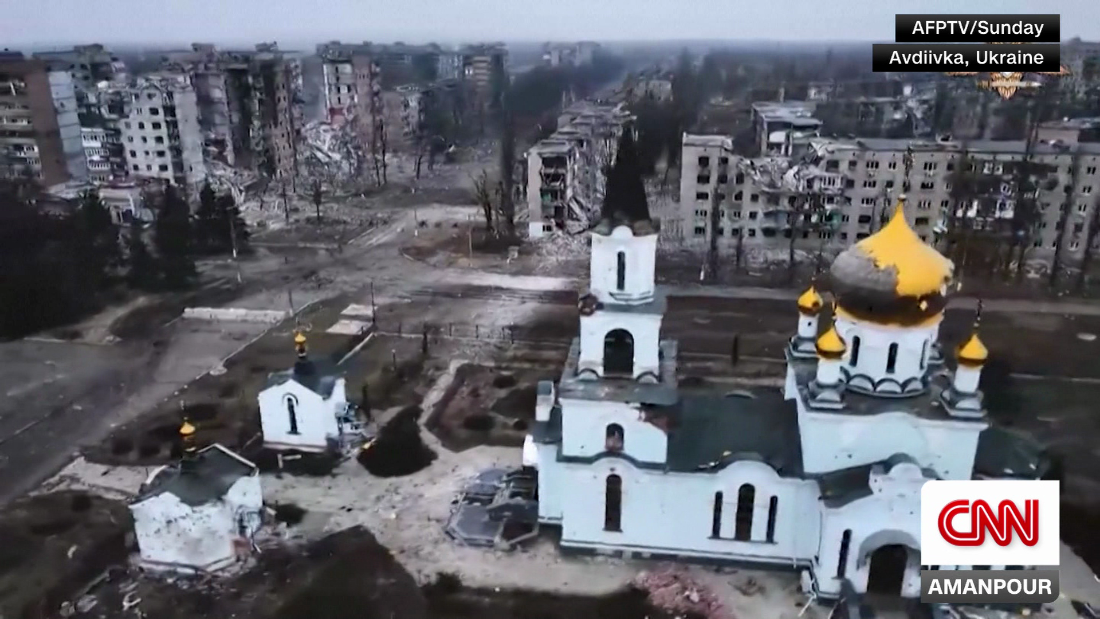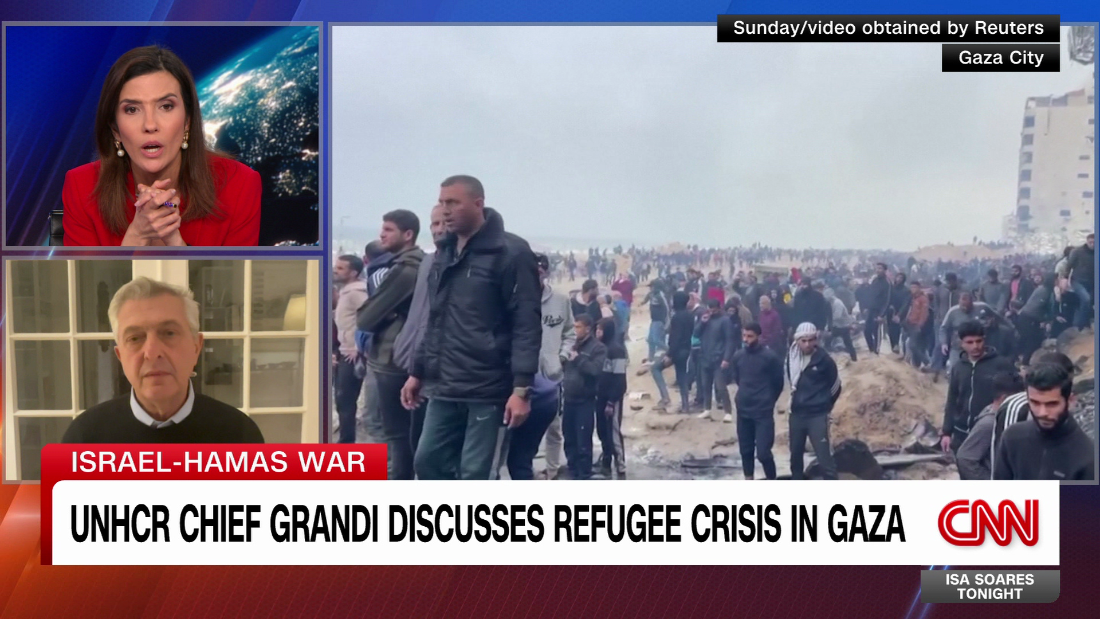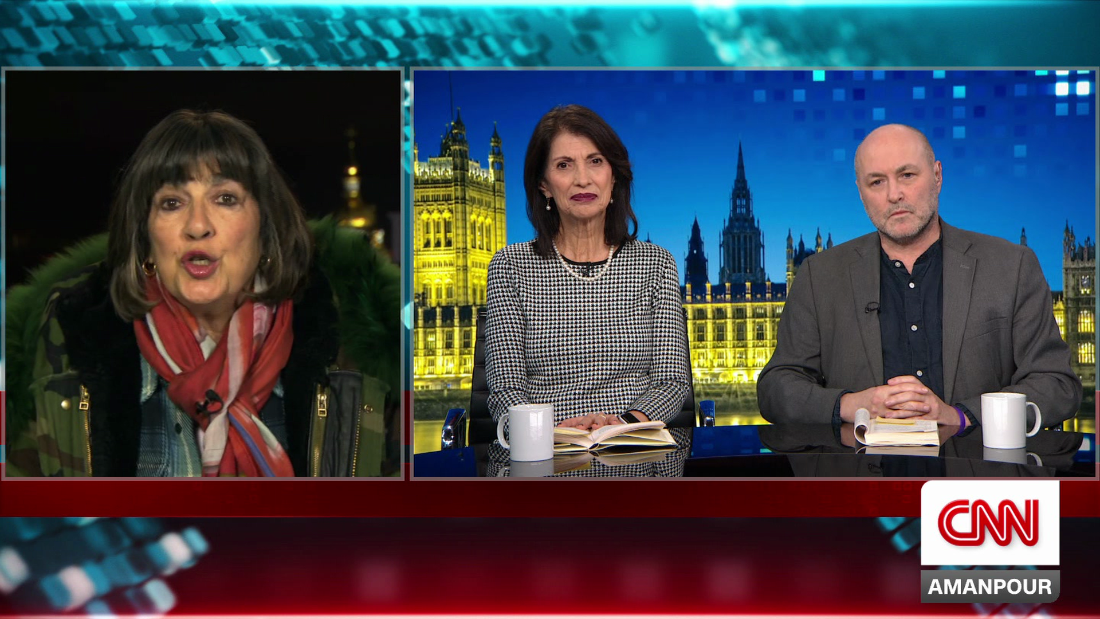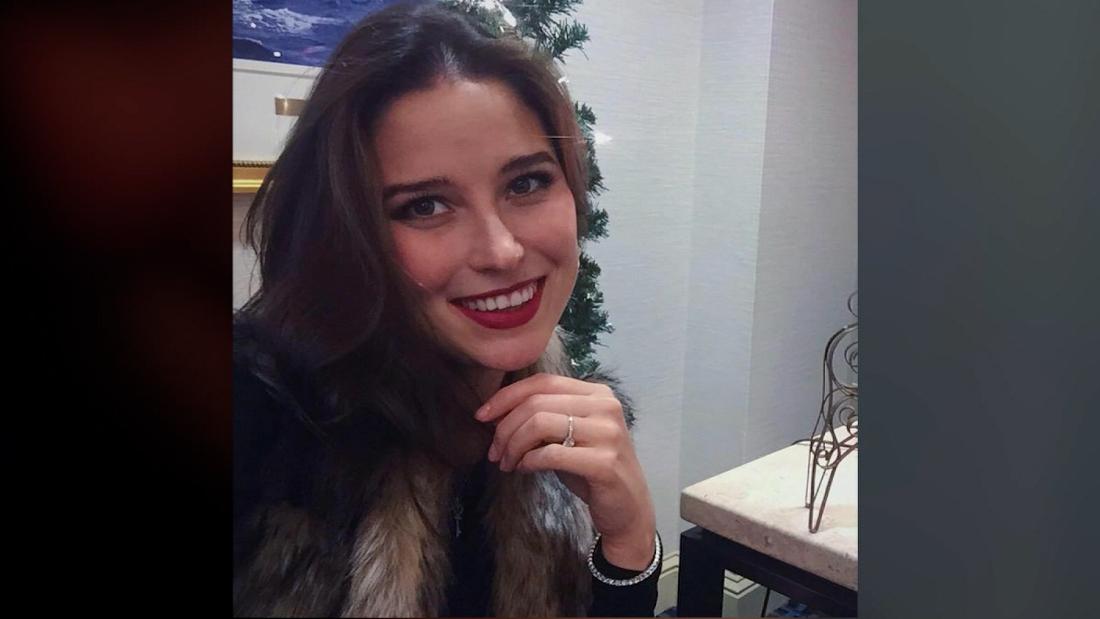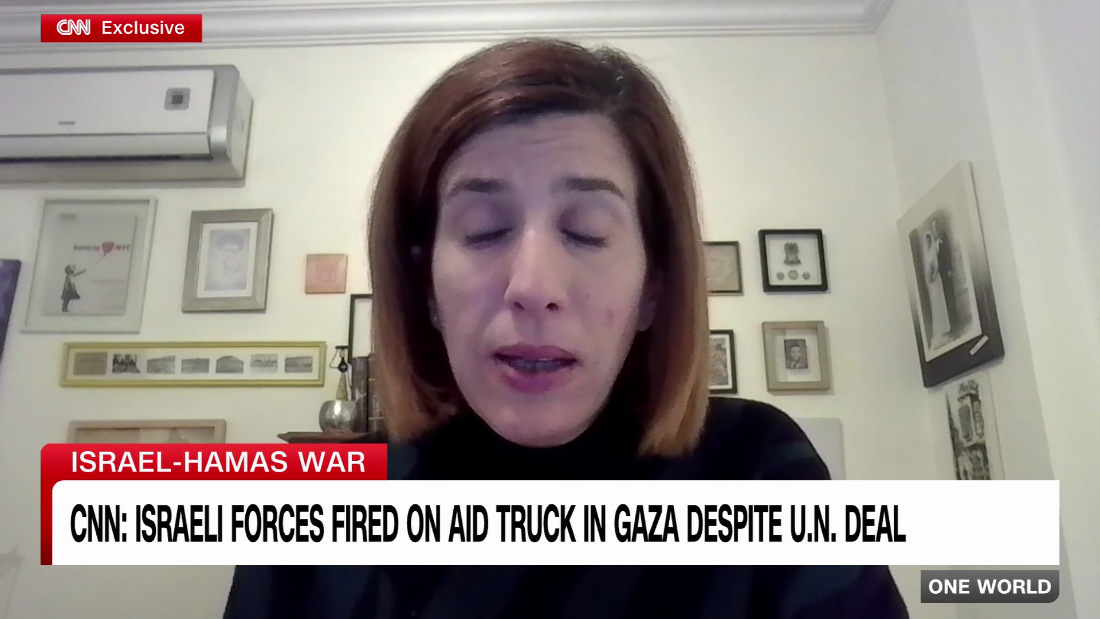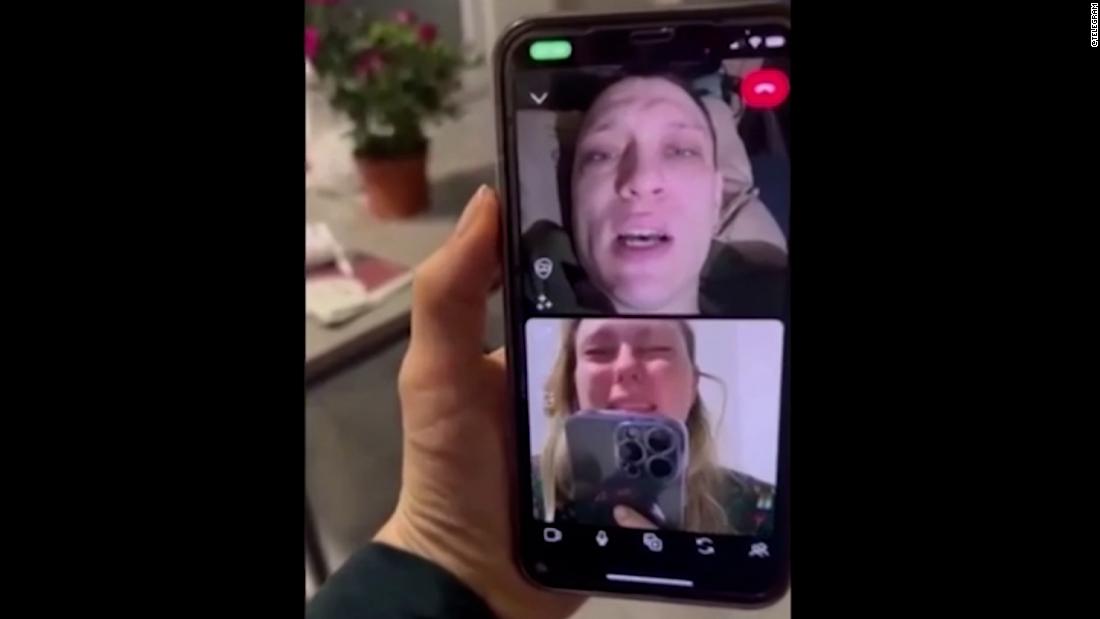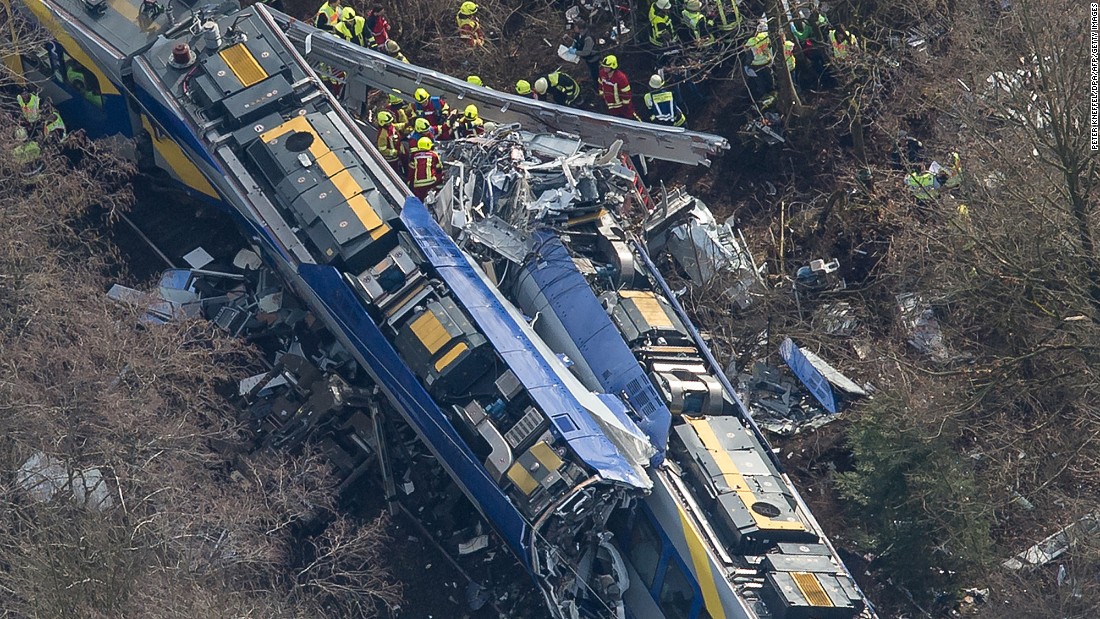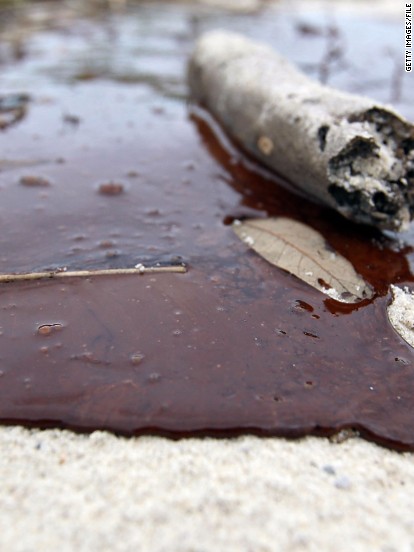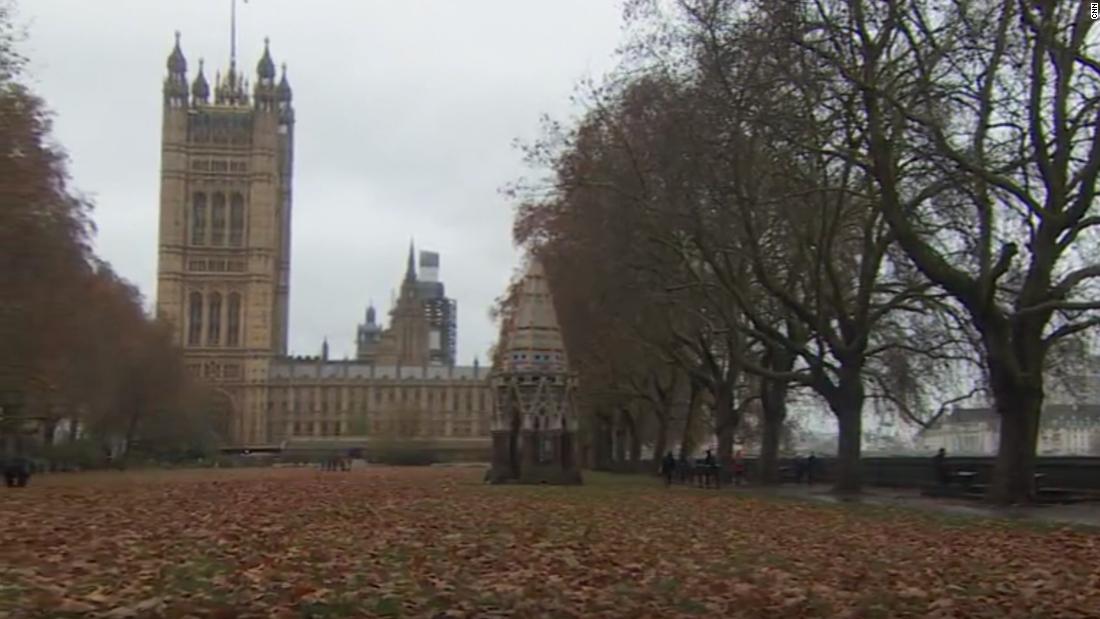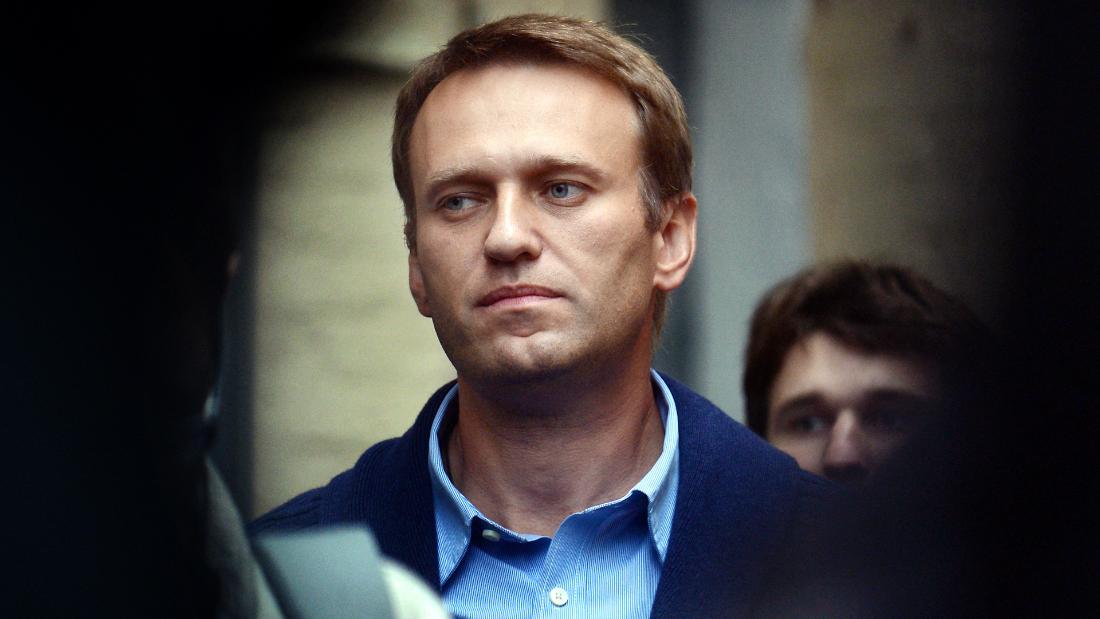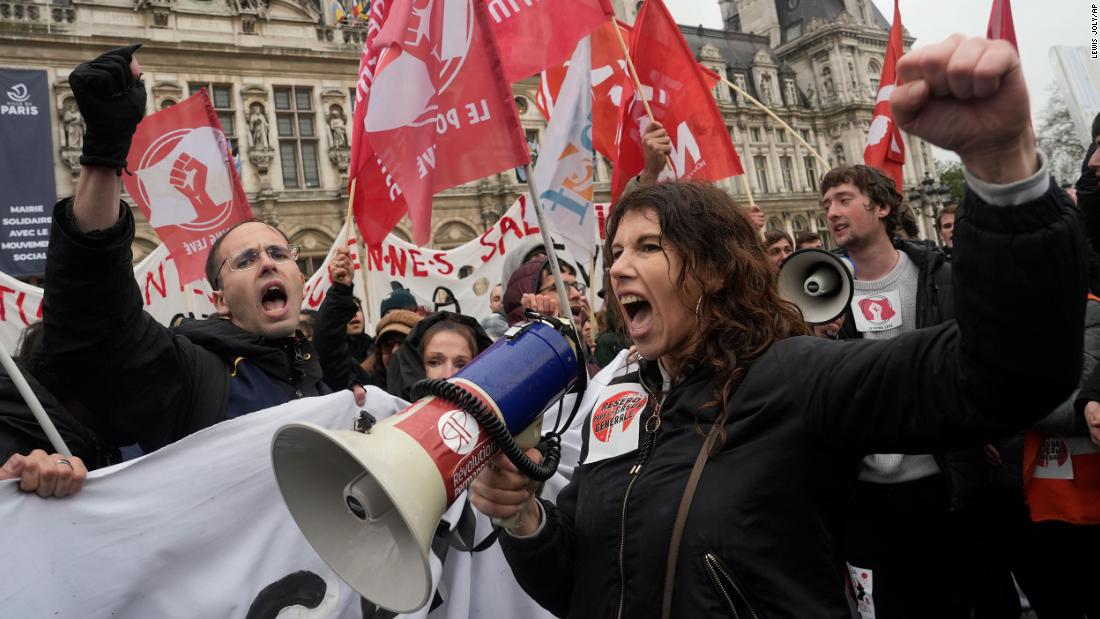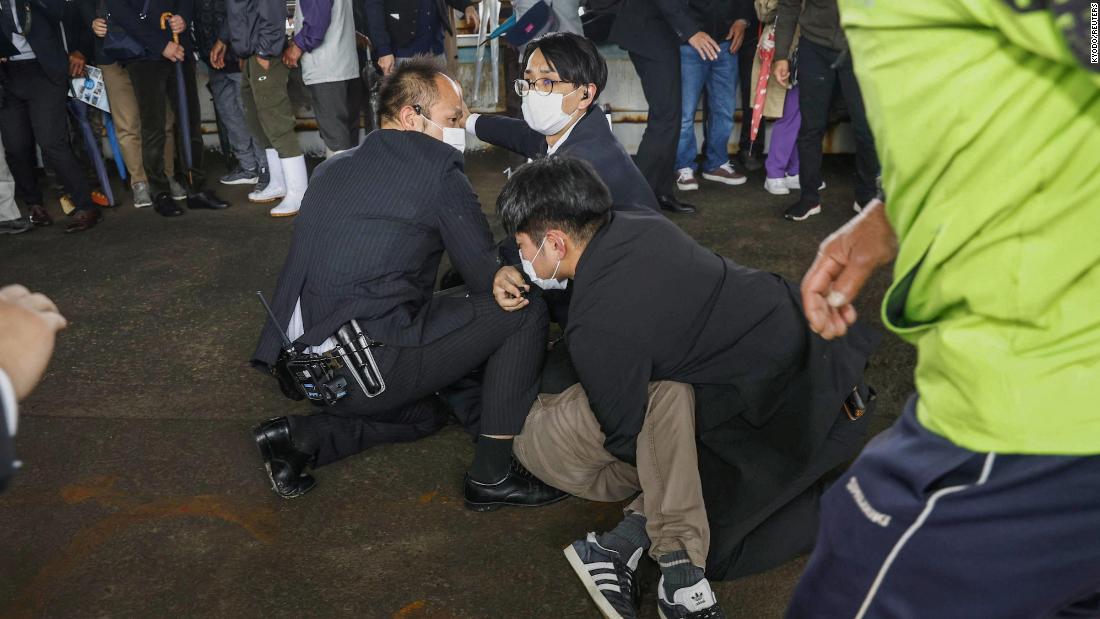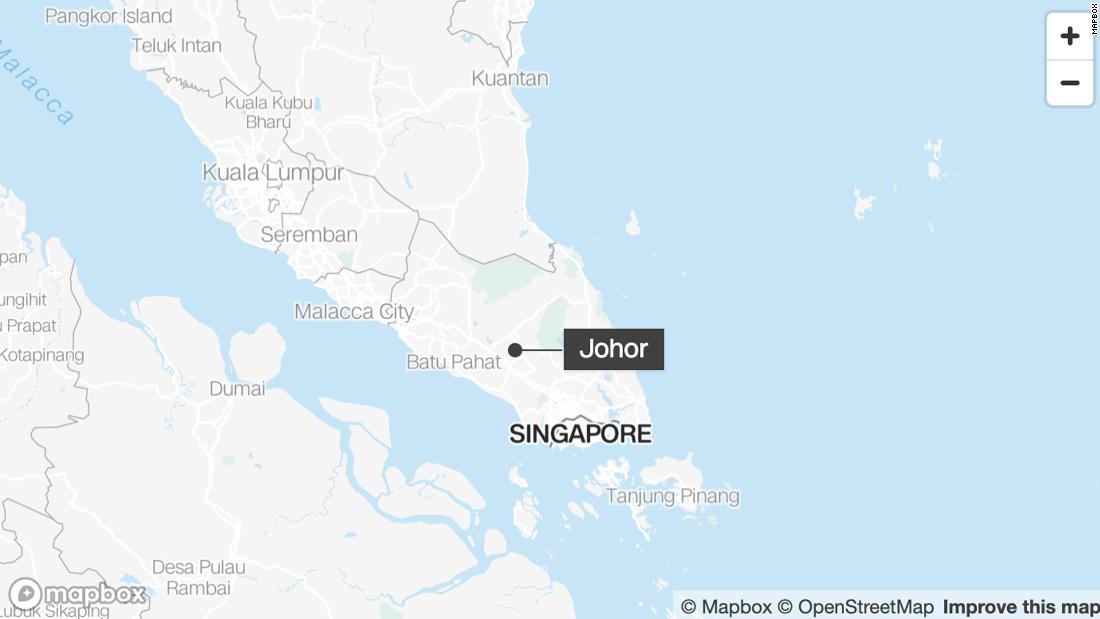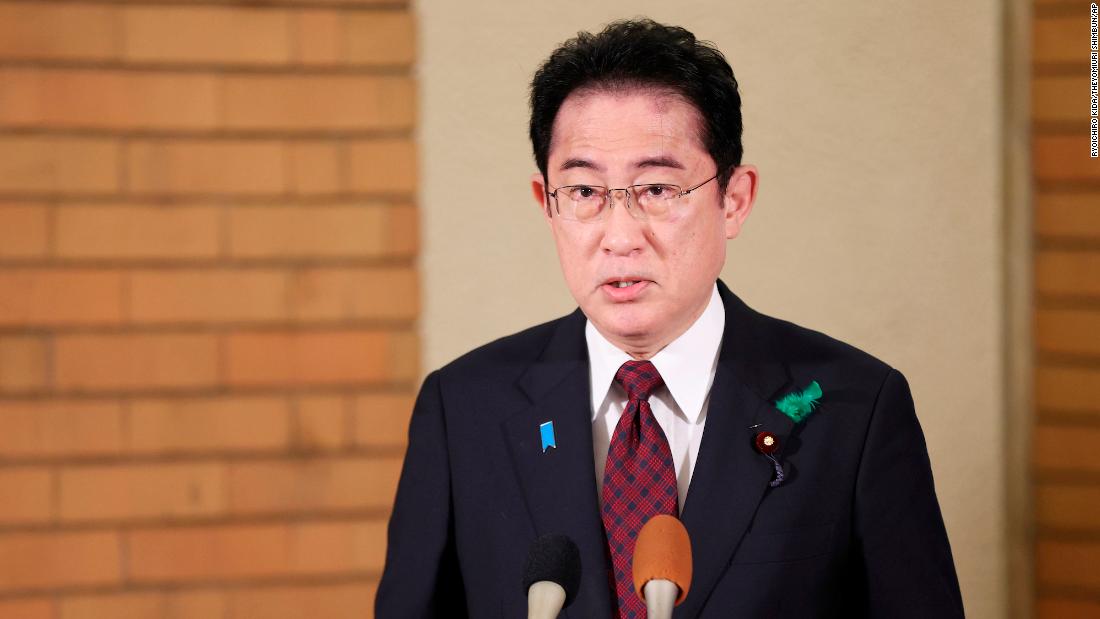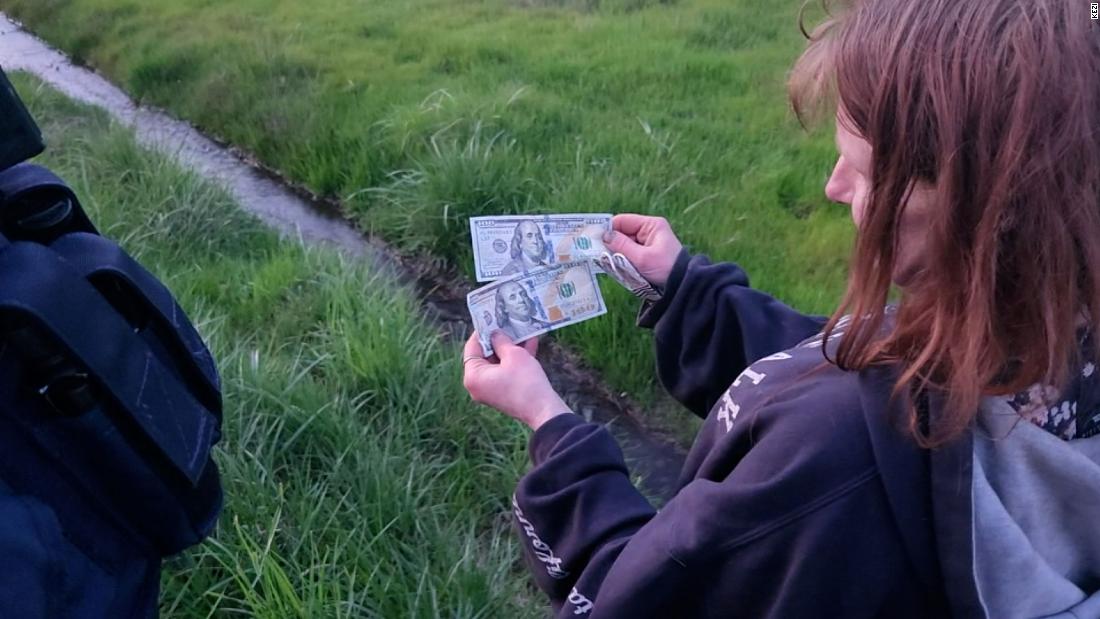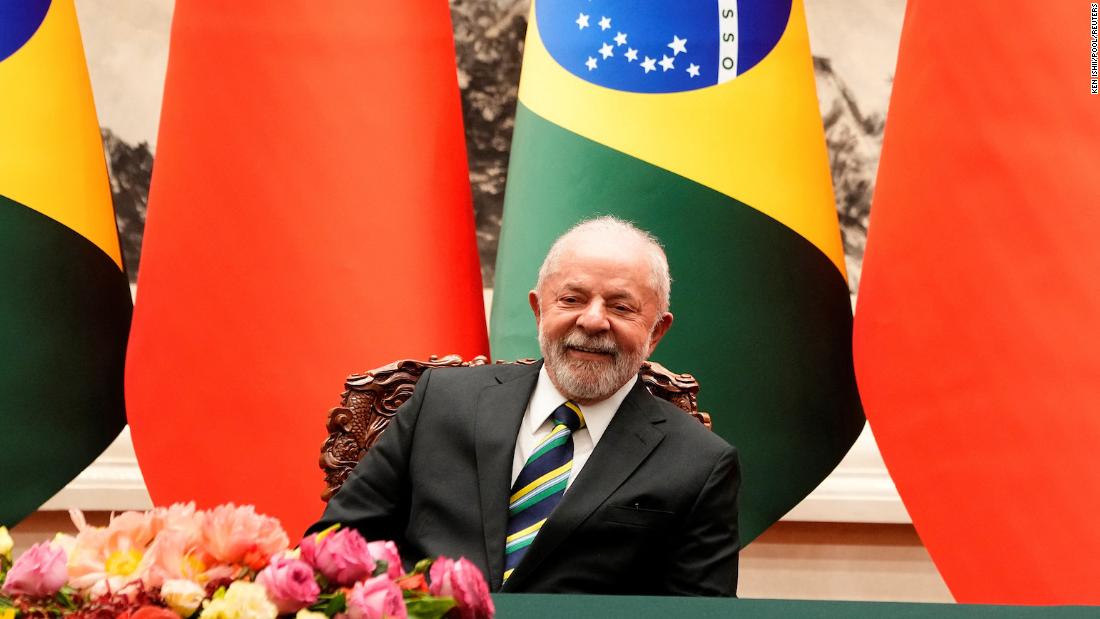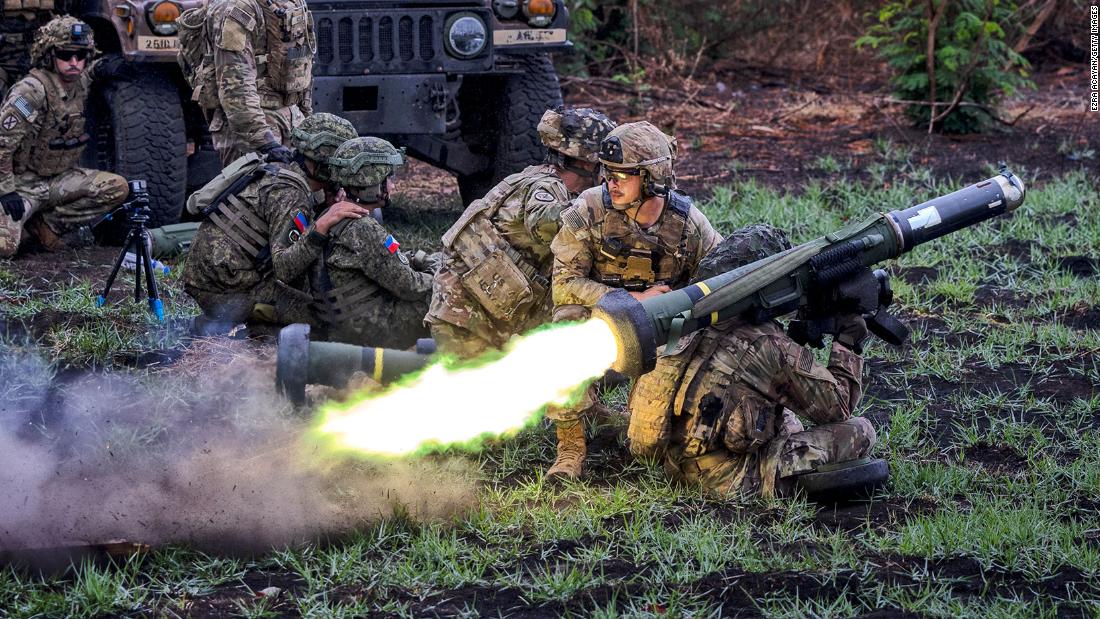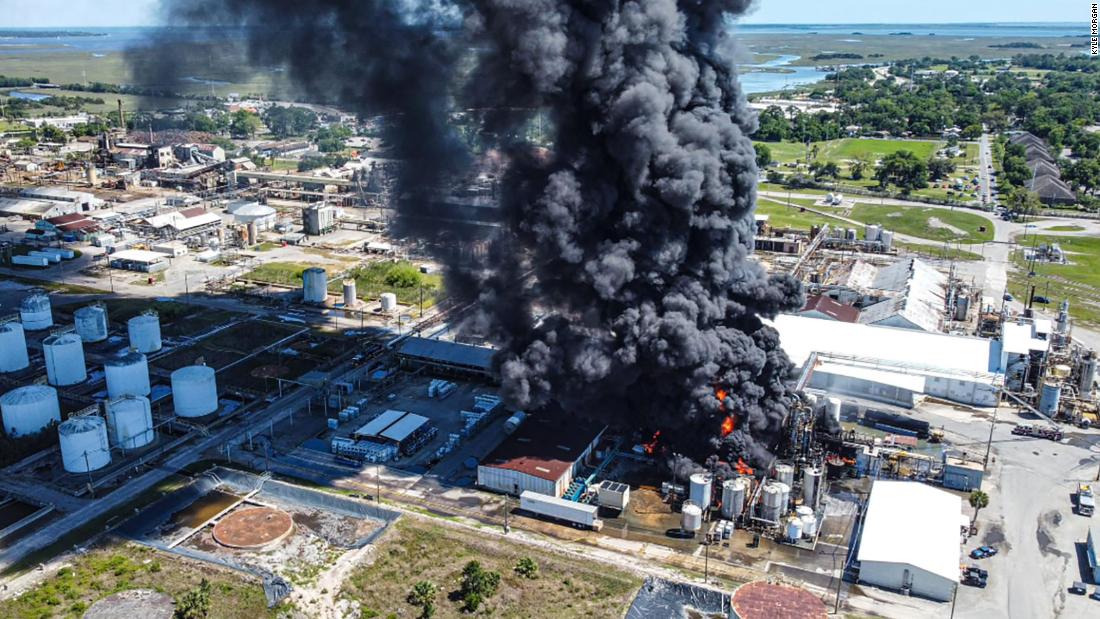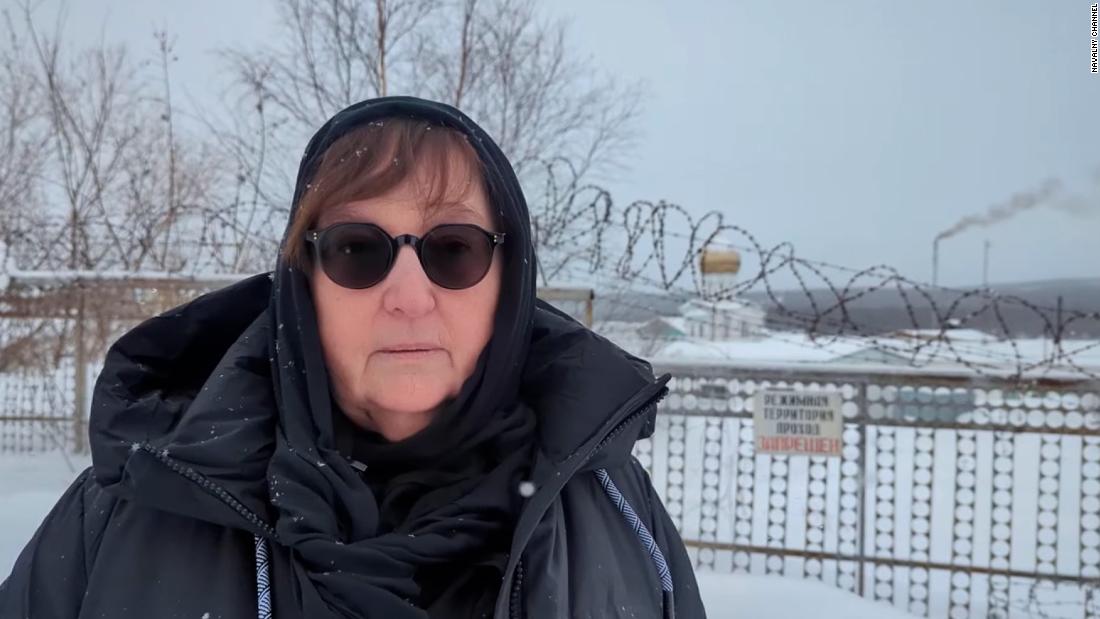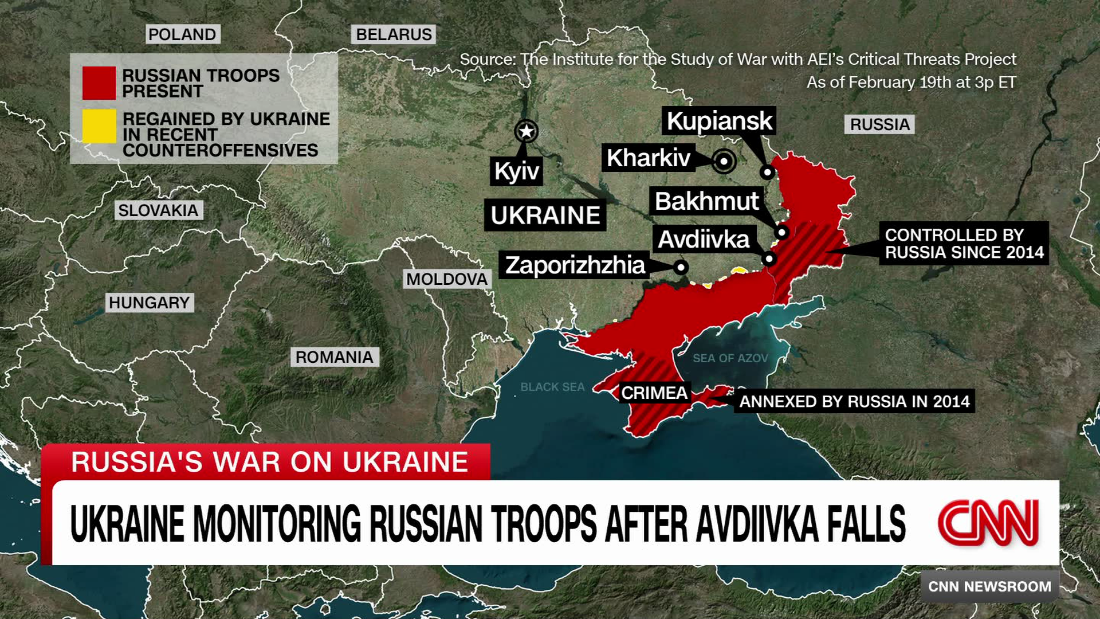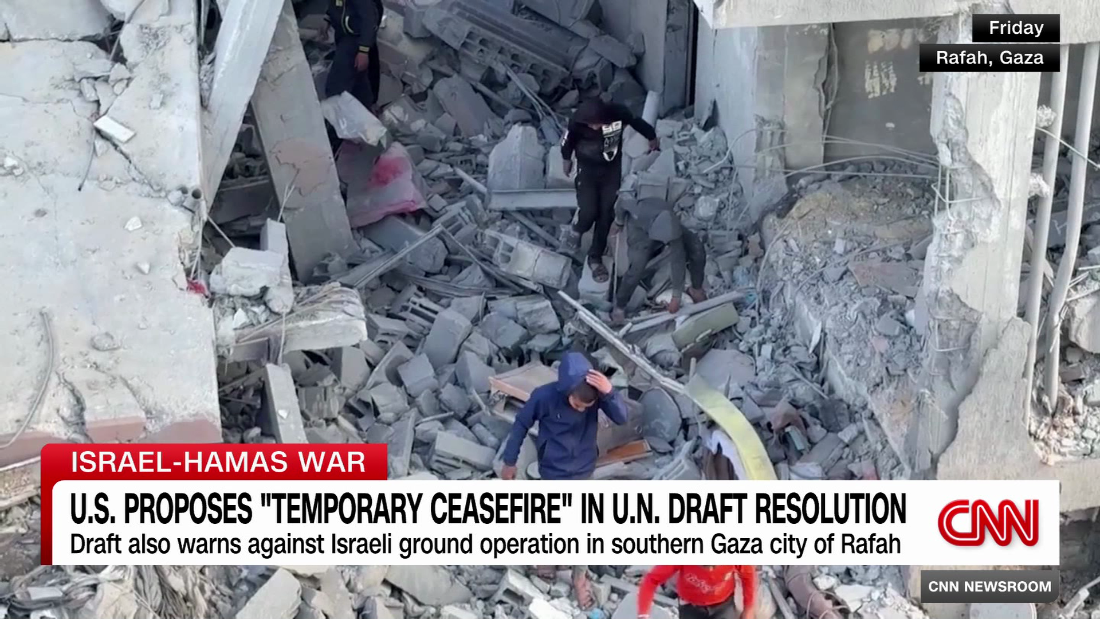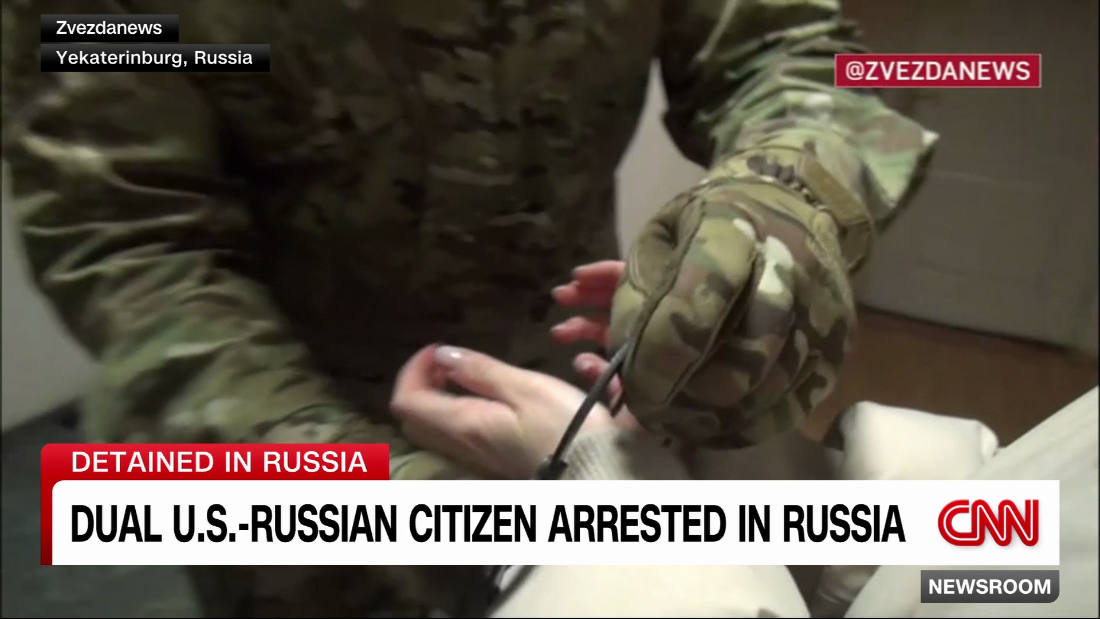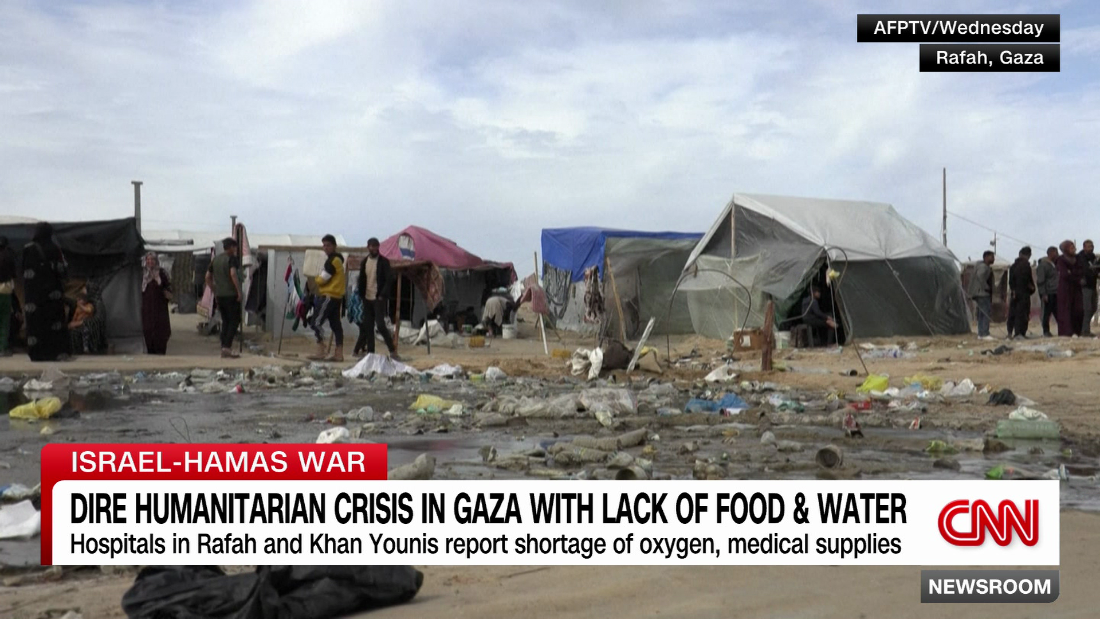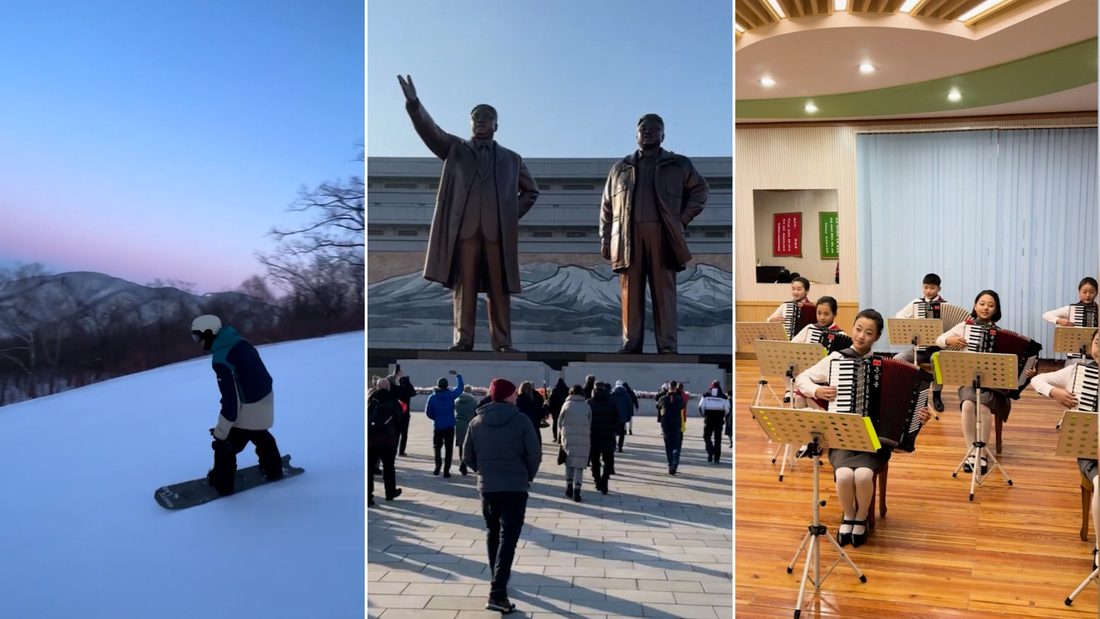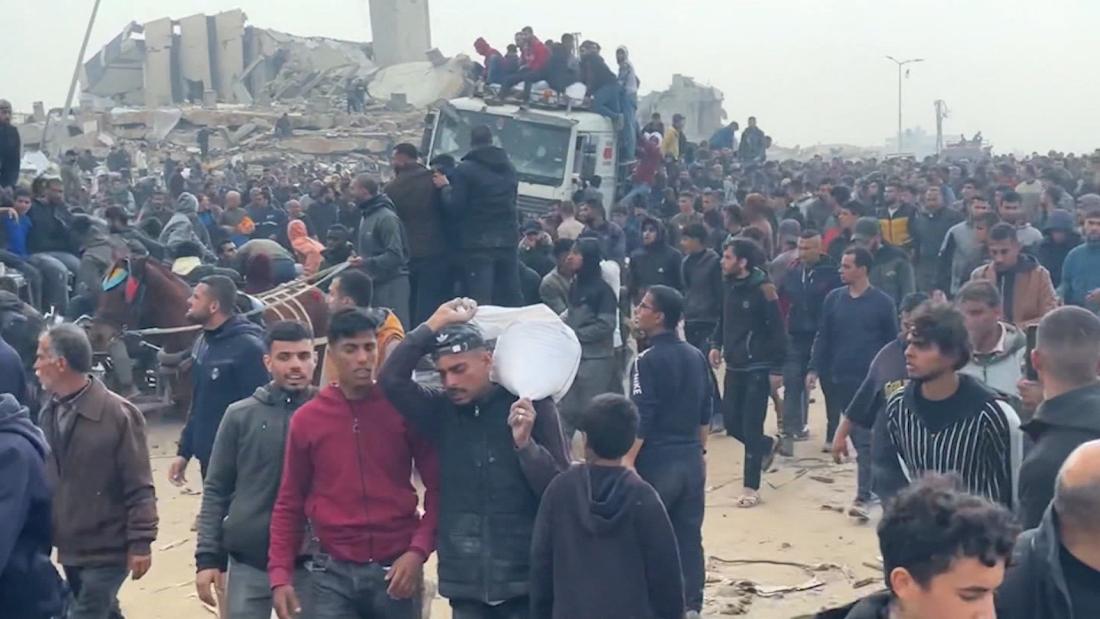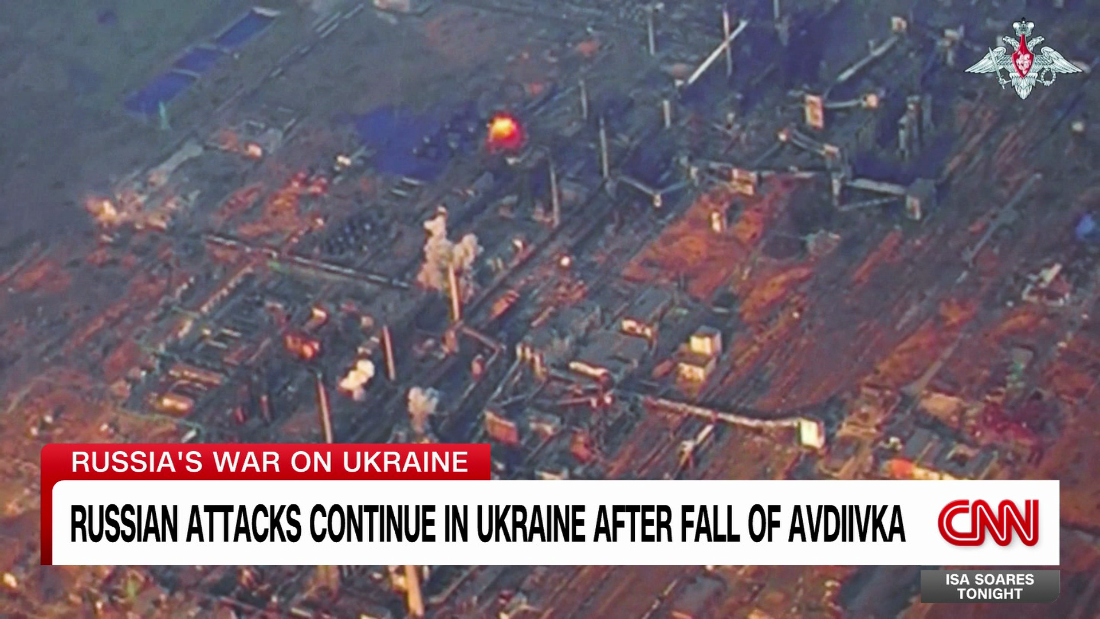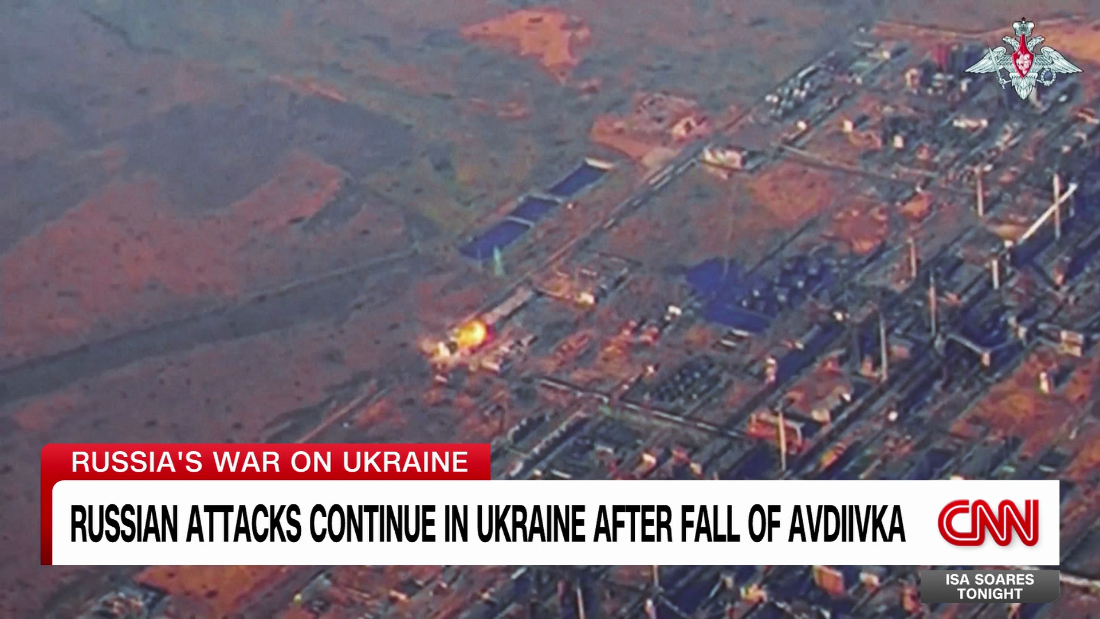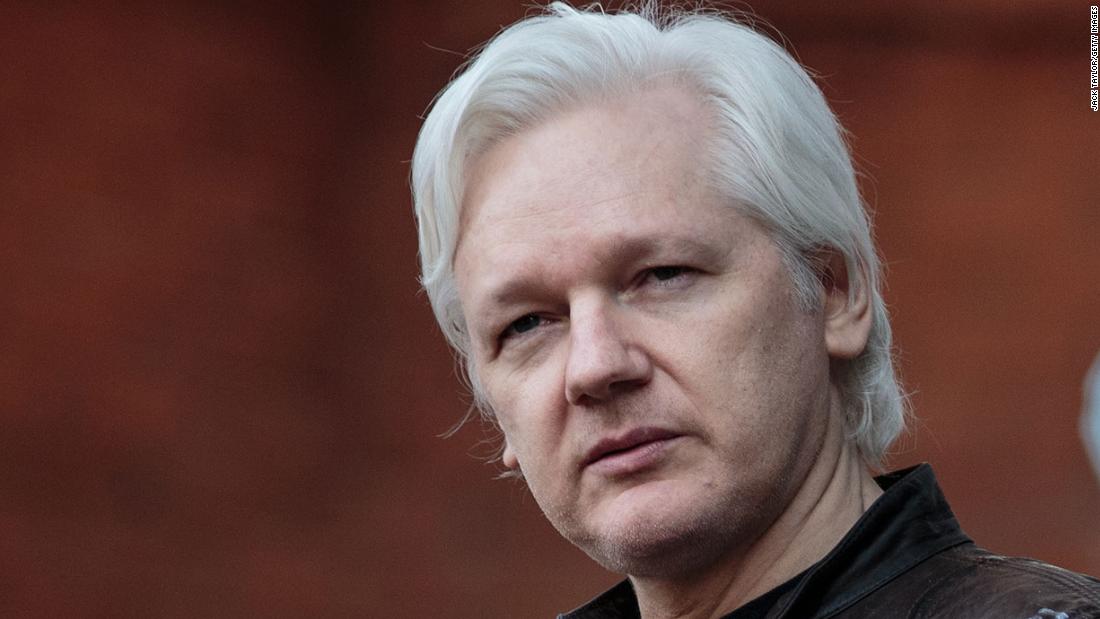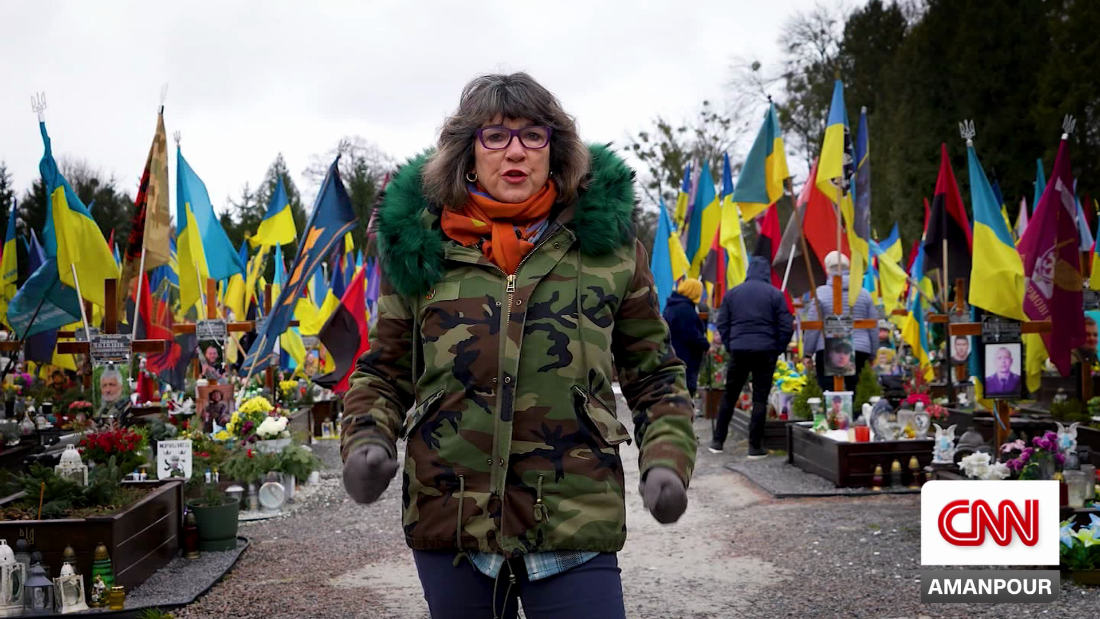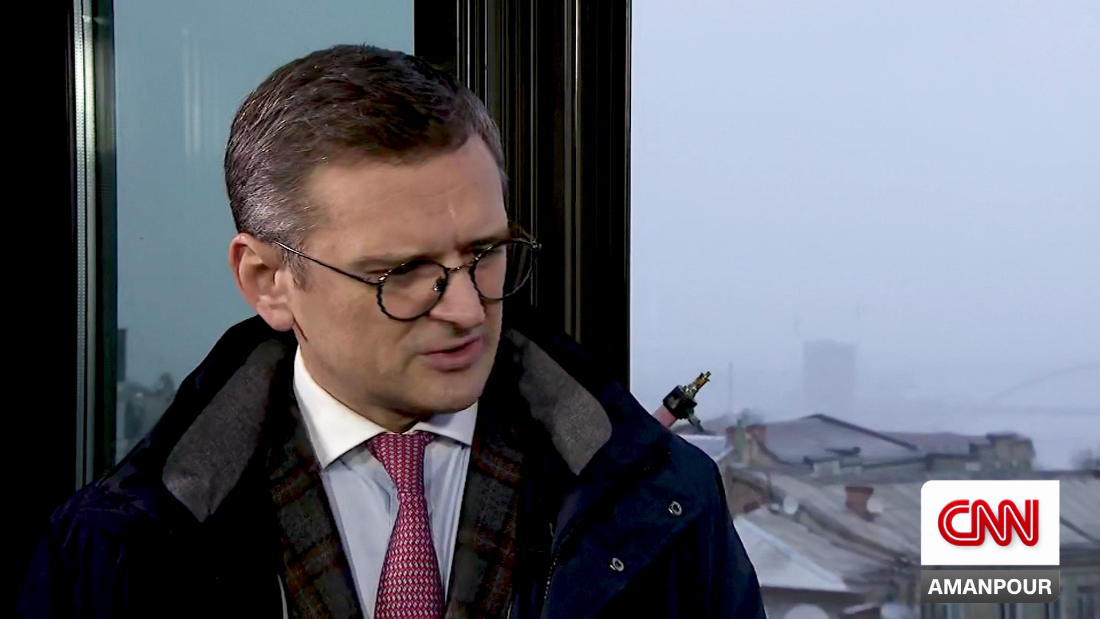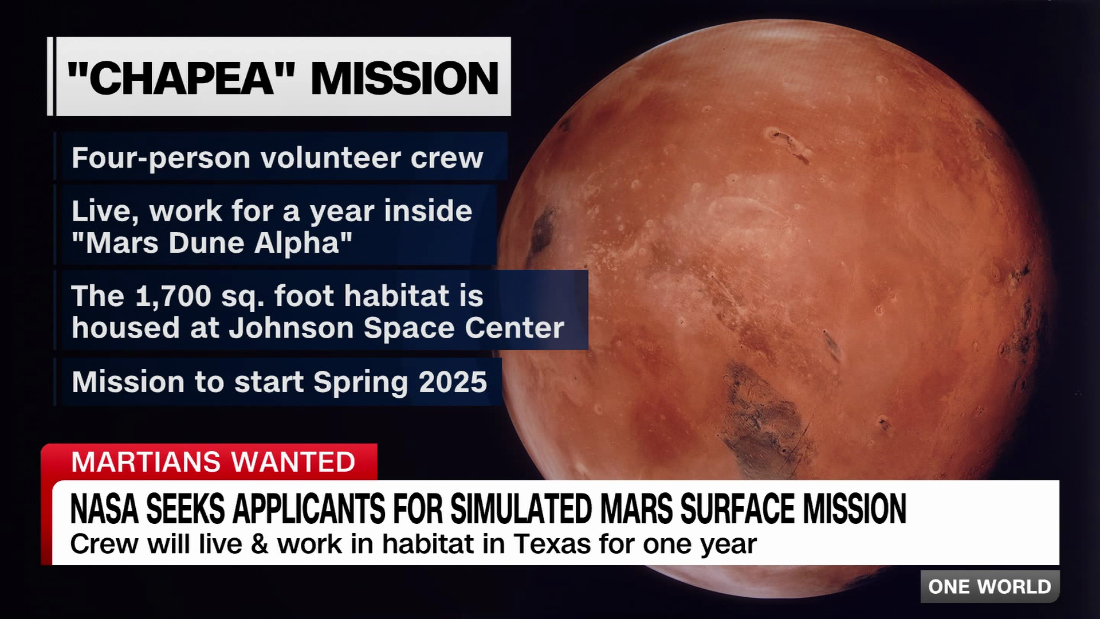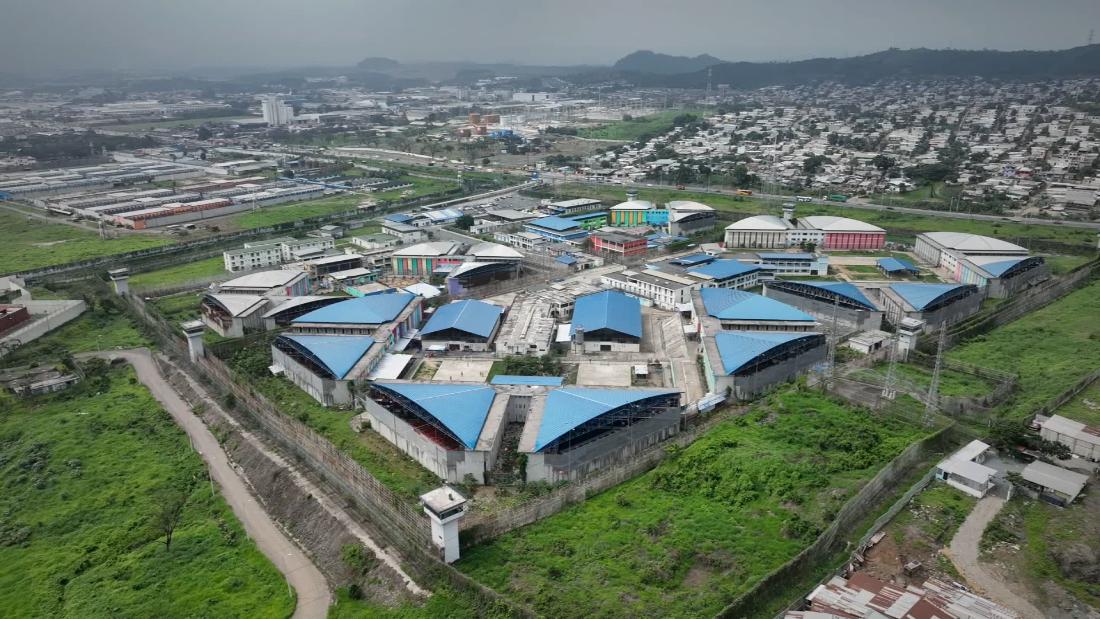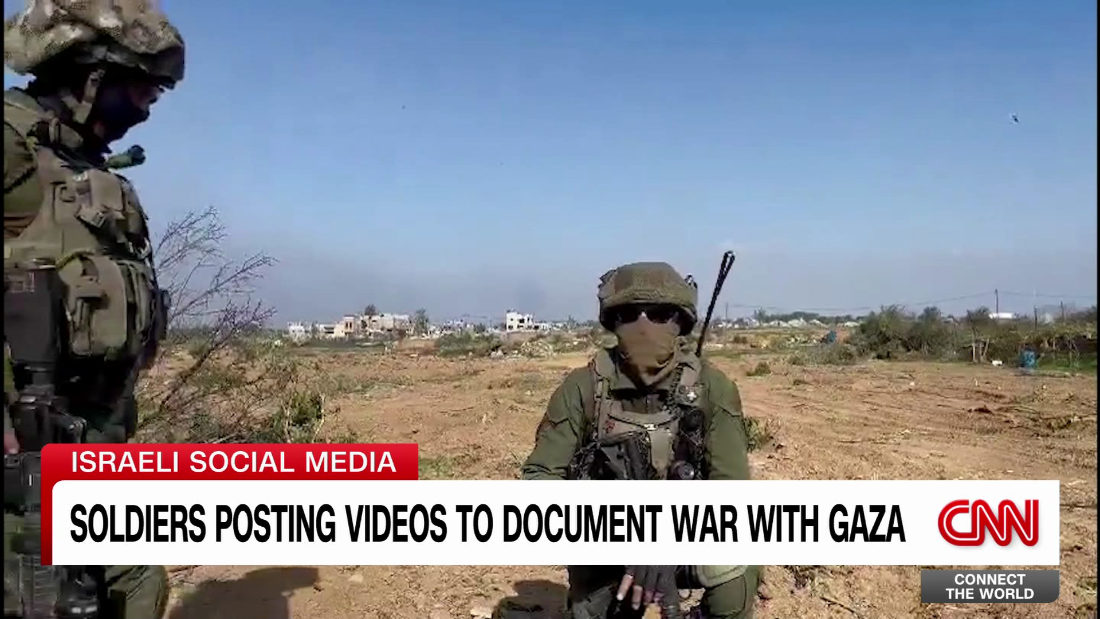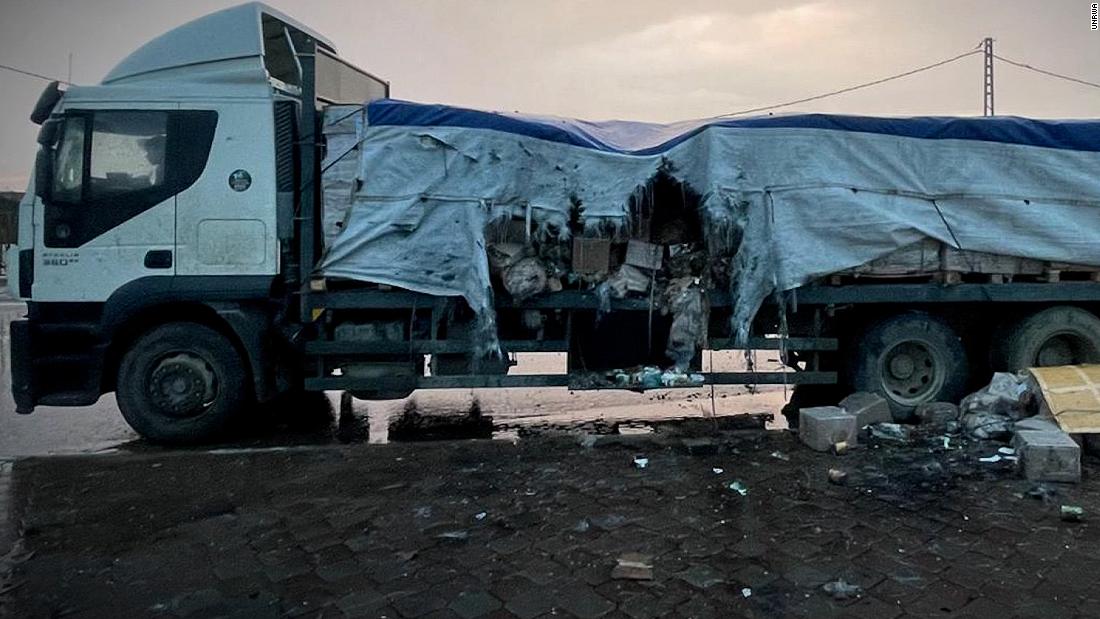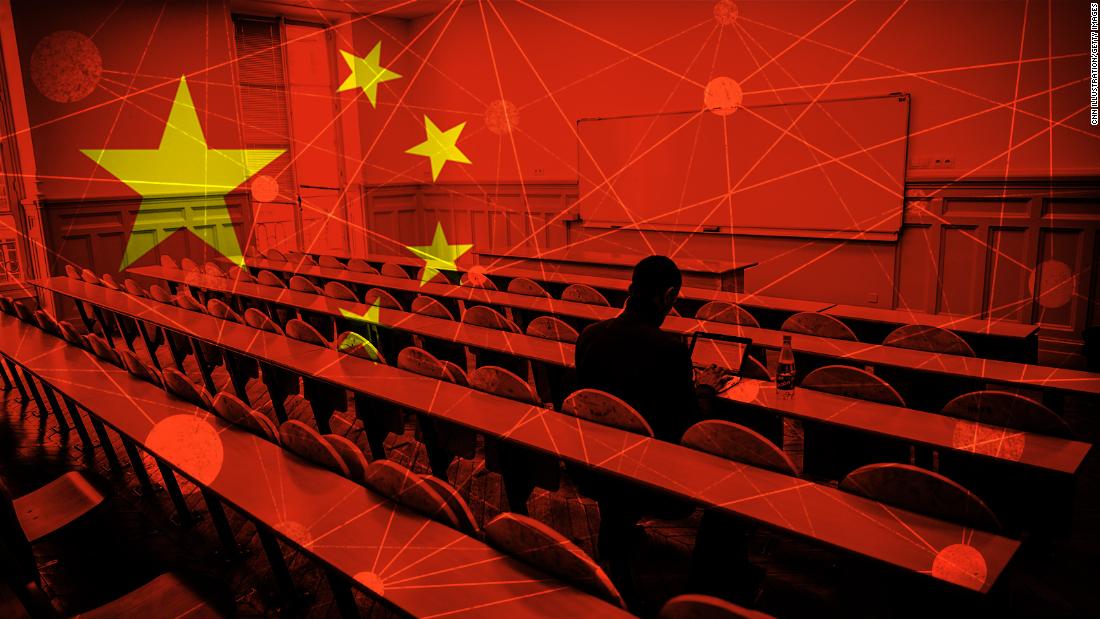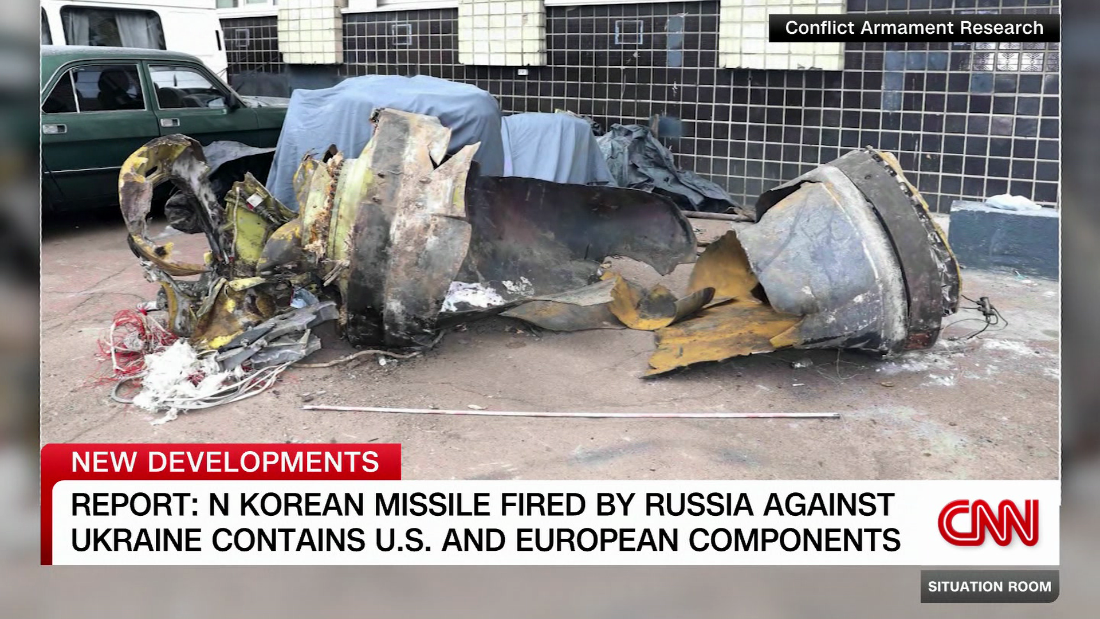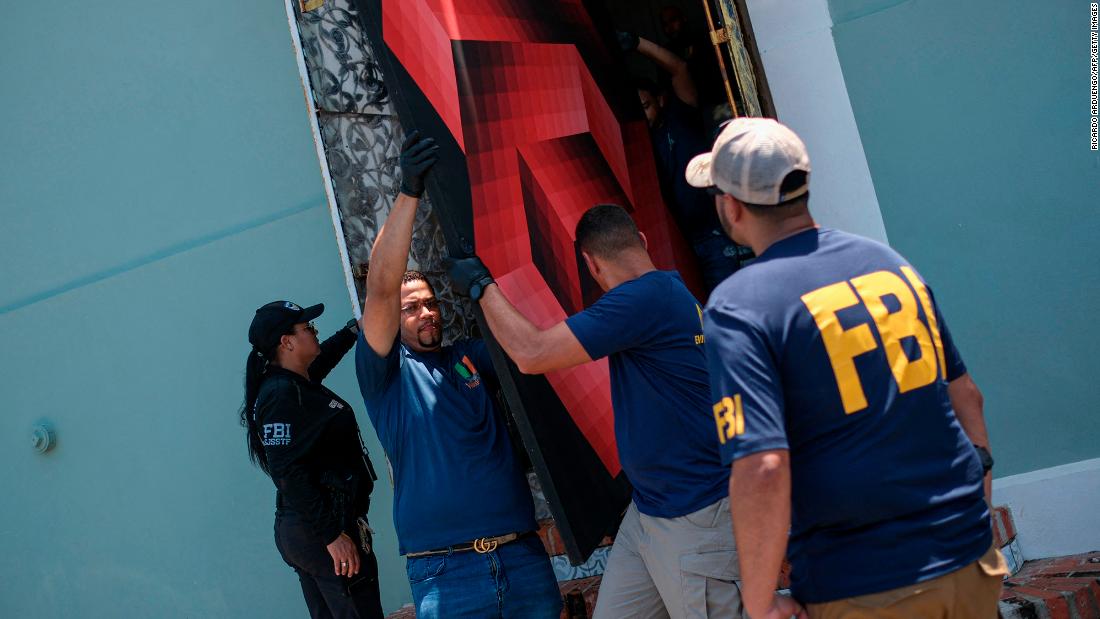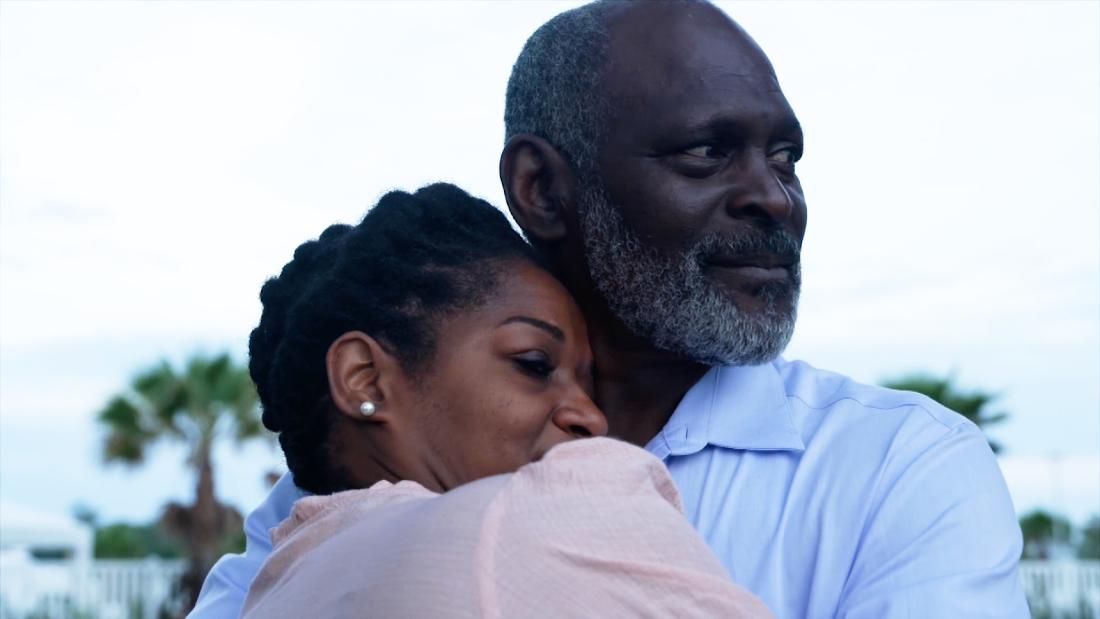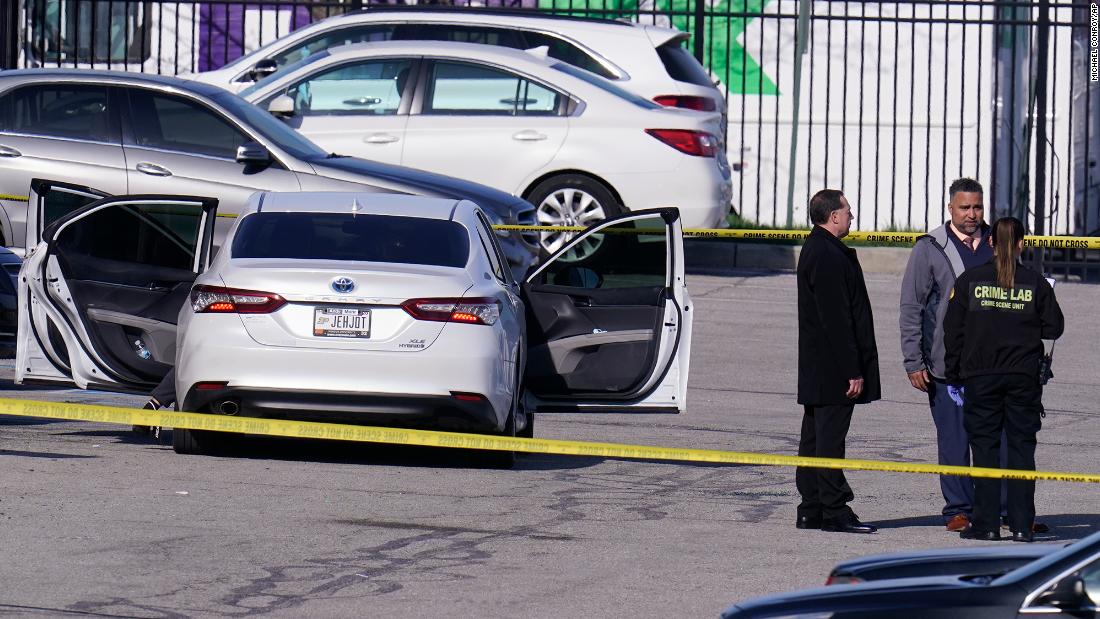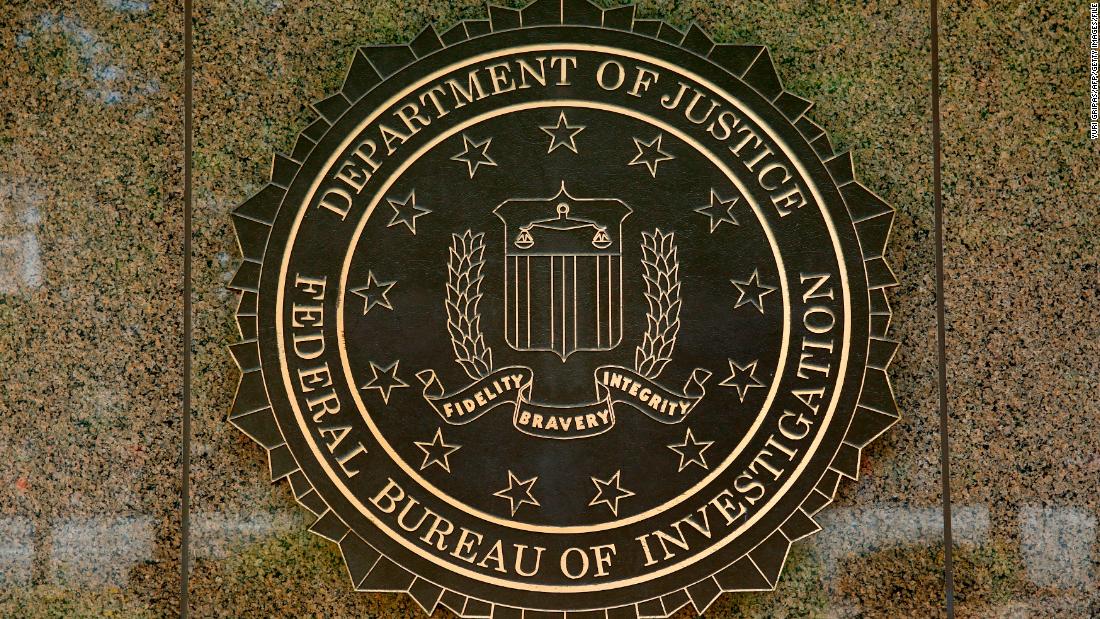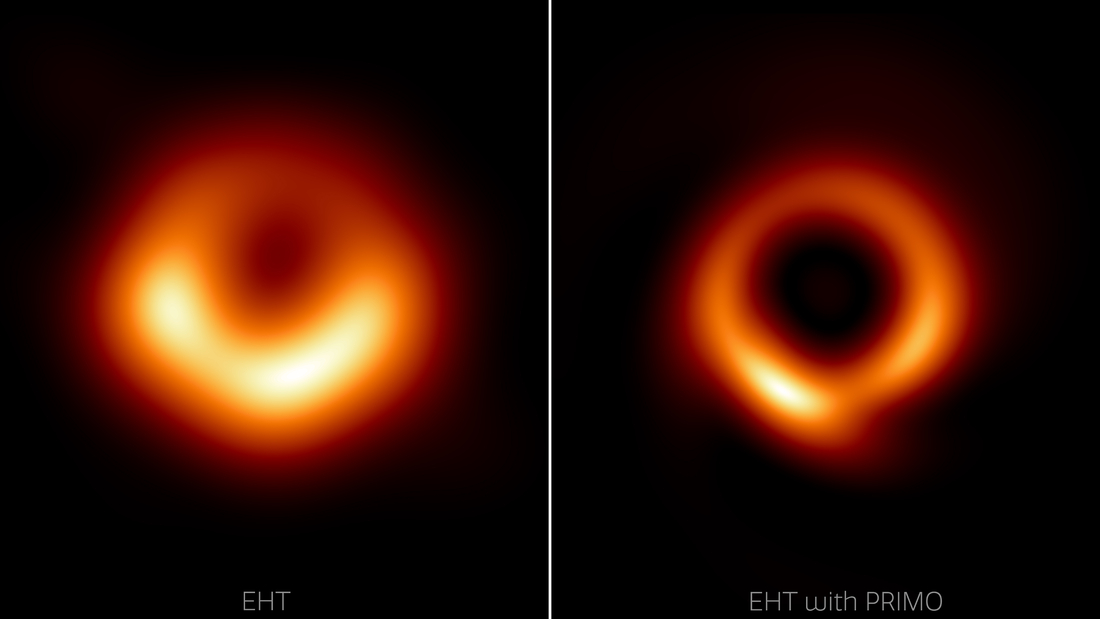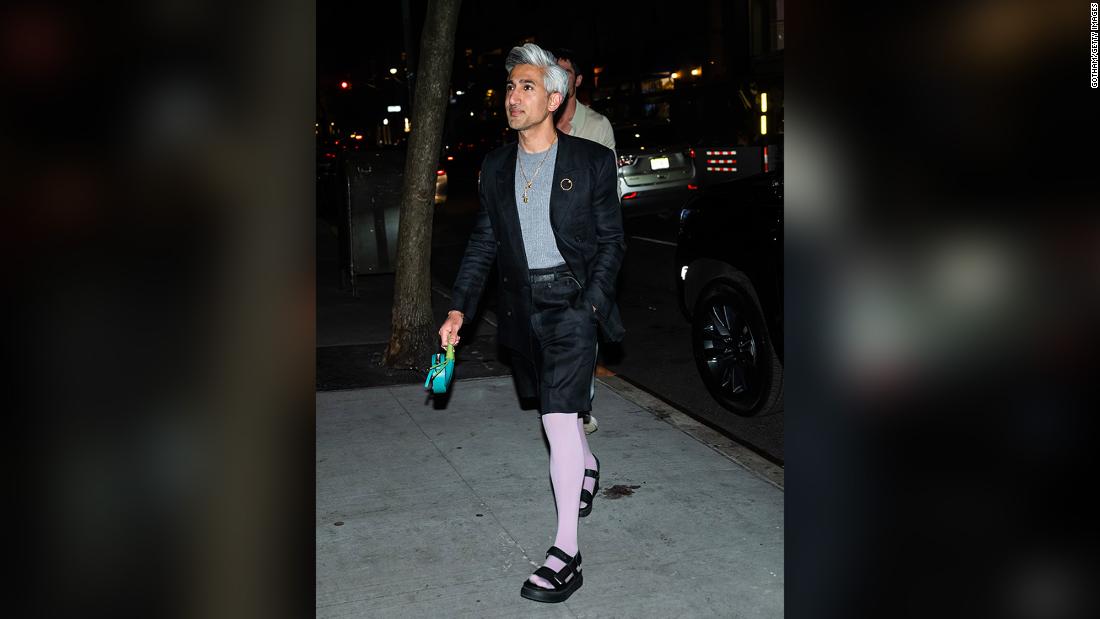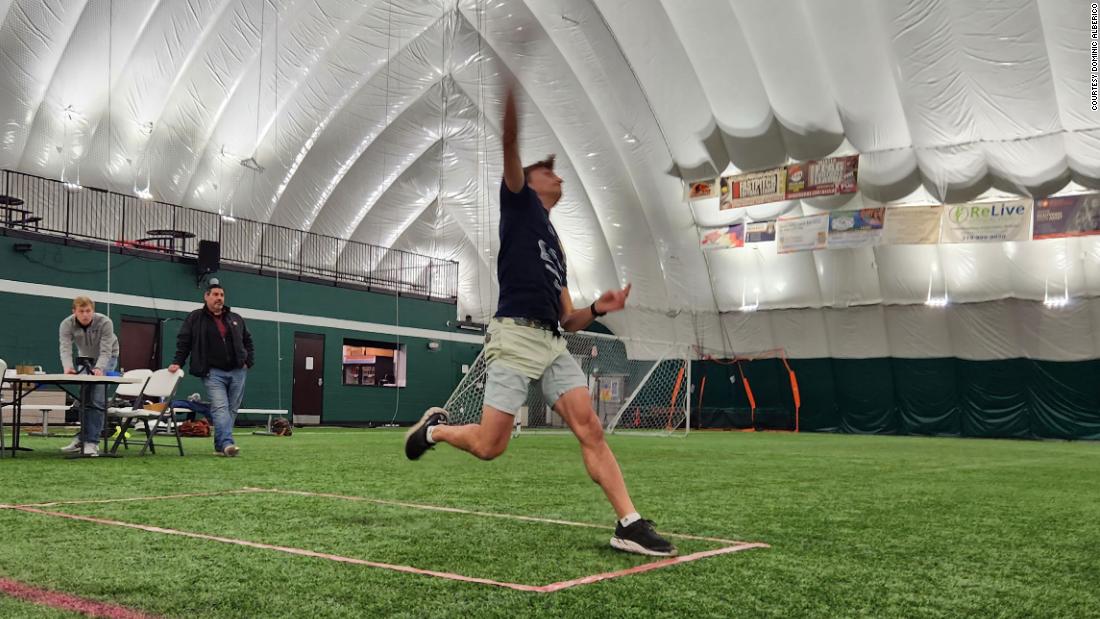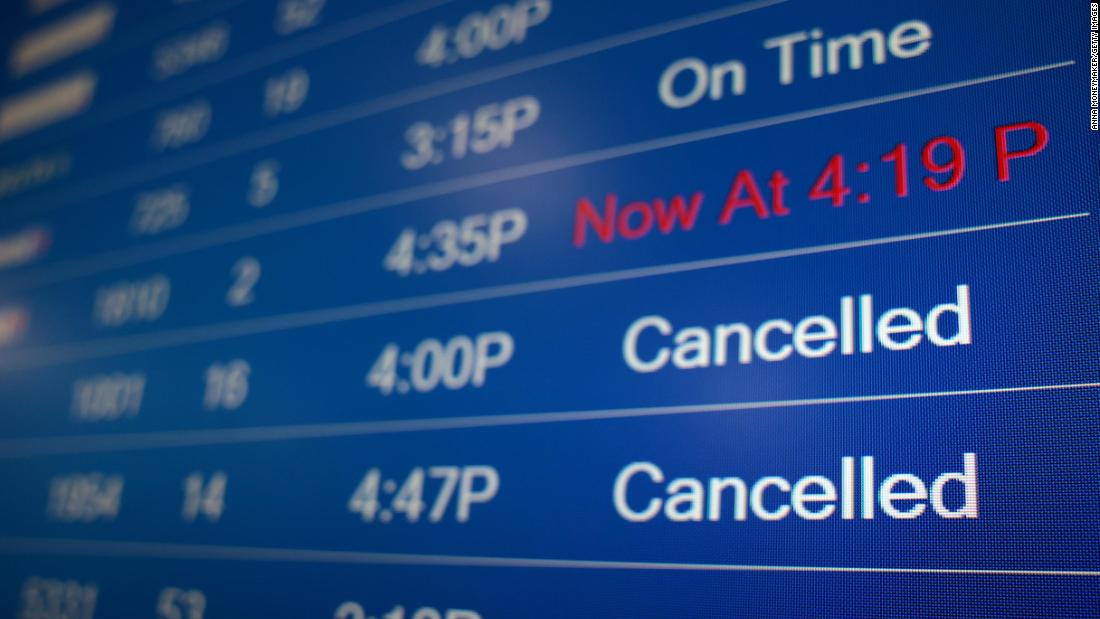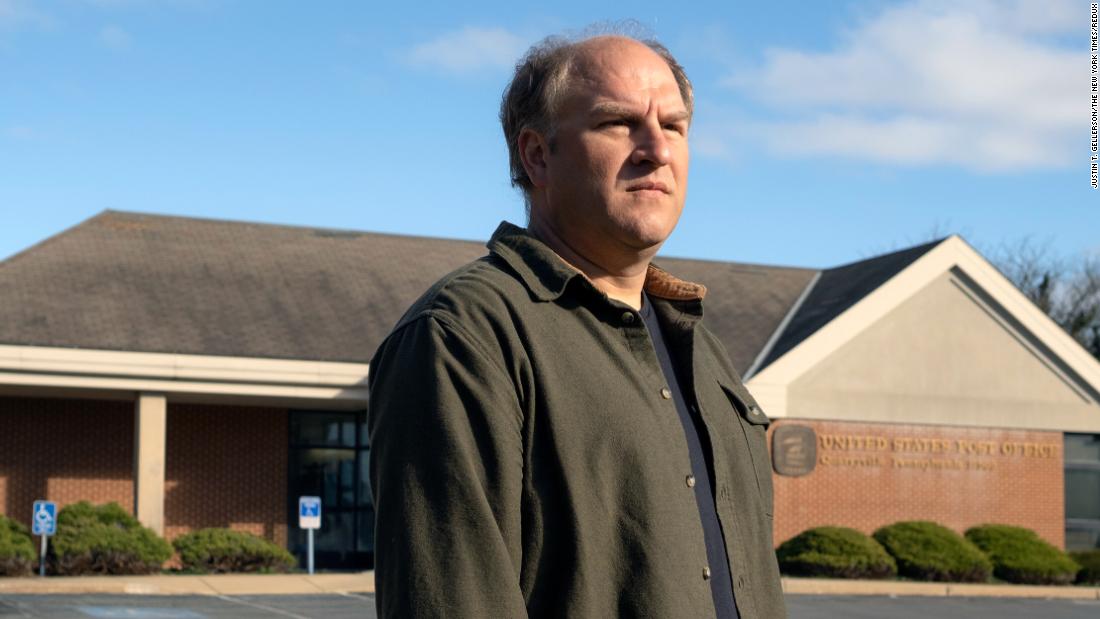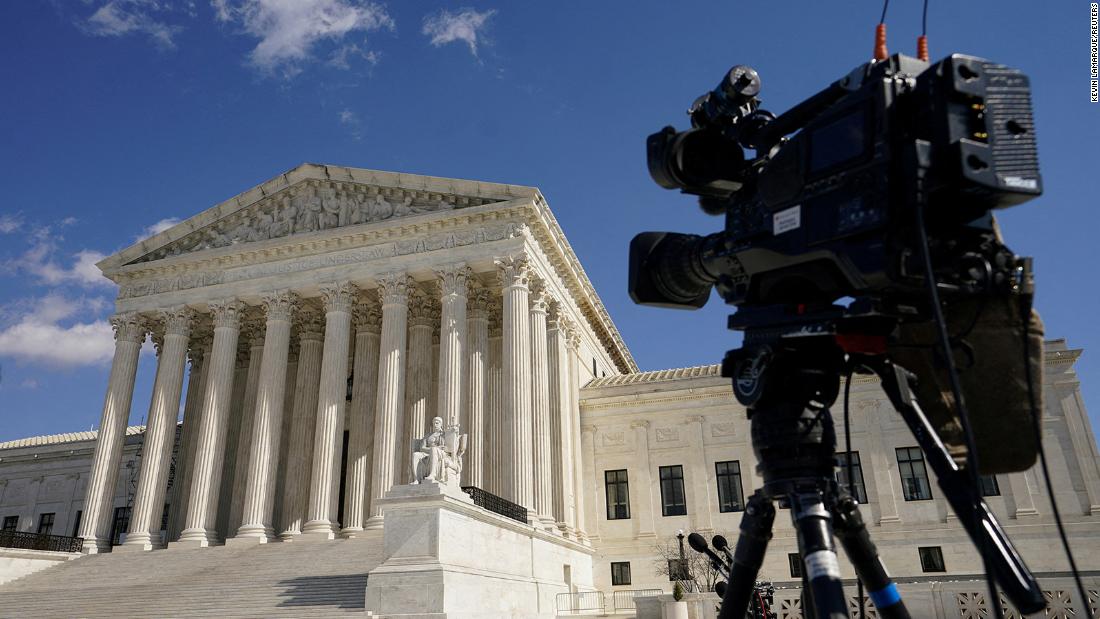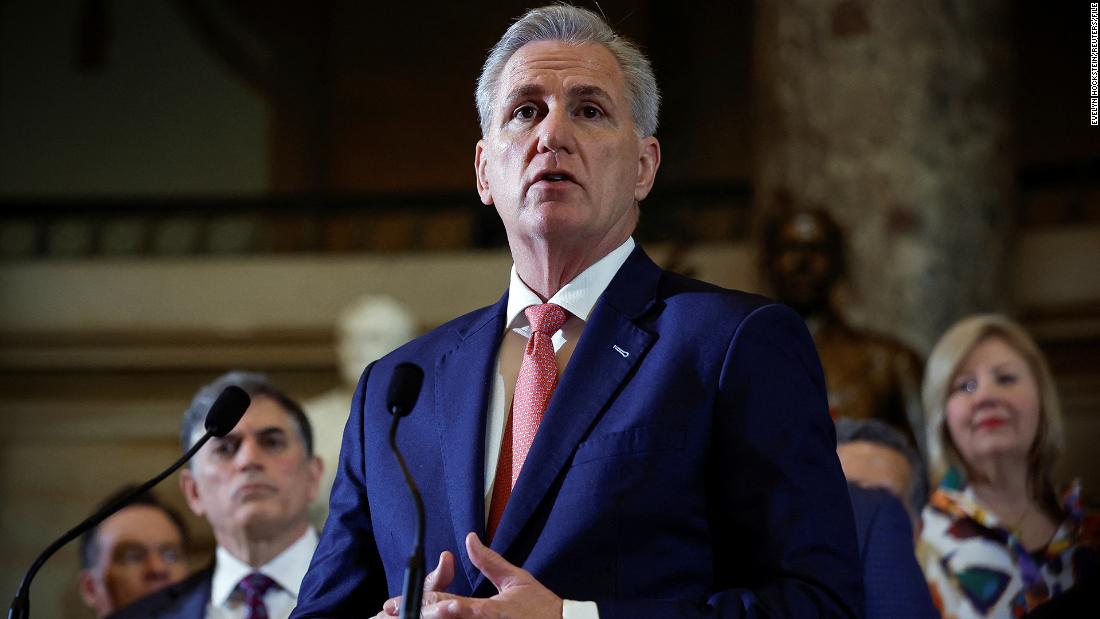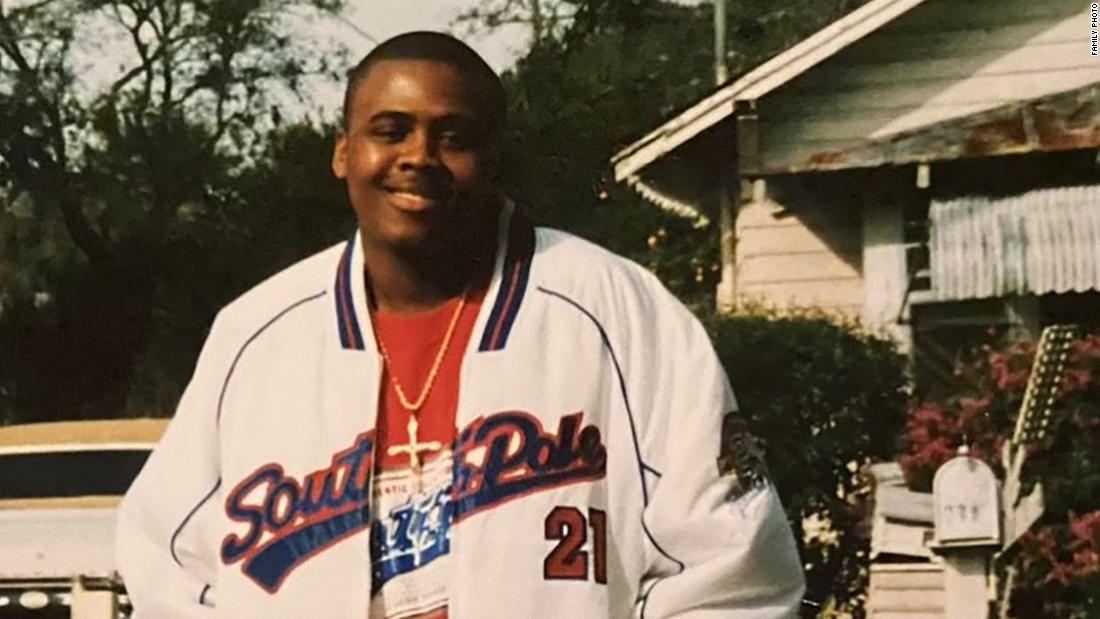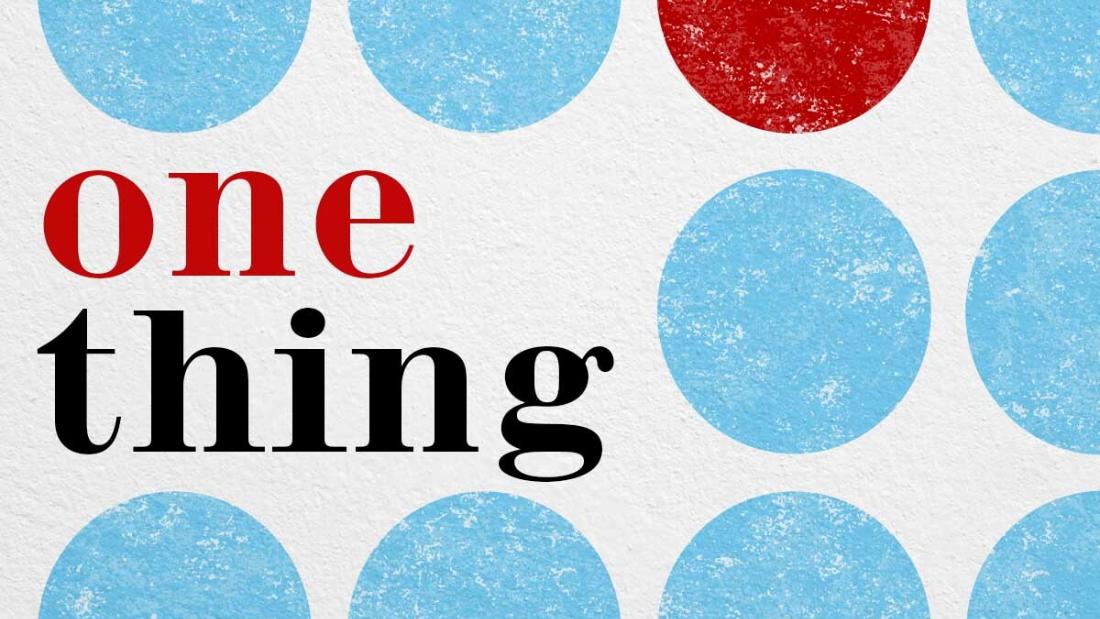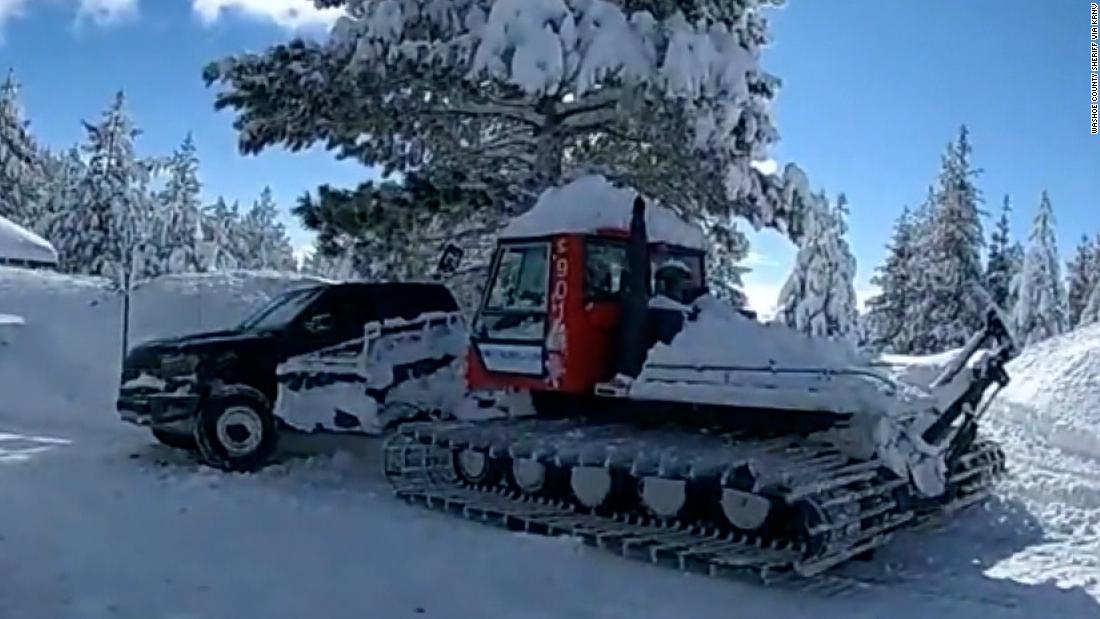A PROPAGANDA video alleging election fraud in Arizona was spread by Russian deepfake accounts, US agencies have said.
It comes amid fears autocratic regimes like Russia and Iran are leveraging Artificial Intelligence (AI) to create sow chaos and sway the elections.
XA grab from the deepfake video alleging election fraud in Arizona[/caption]
Pacific Coast NewsOfficials are ramping up security ahead of Election Day[/caption]
ReutersA member of the U.S. Secret Service closes a security gate along Pennsylvania Avenue near the White House on the day before the election[/caption]
The video, which is understood to have been posted by a pro-Kremlin account on X/Twitter, was viewed over 200,000 times, the BBC reports.
It shows an unnamed man who claims to be a former aide to Arizona Secretary of State Adrian Fontes.
He goes on to allege that he saw evidence of “massive fraud against Donald Trump”.
US authorities have dismissed the claims as false.
The man’s face in the video is pixelated and his voice – which sounds robotic, monotonous and has unnatural pauses – shows signs of AI-generated audio.
Meanwhile, the FBI has warned that Russian and Iranian actors are trying to “instil fear in voters” with fake election fraud news – and their efforts “risk inciting violence”, including against election officials.
The chilling warning was revealed in a joint statement by the Bureau, the Cybersecurity and Infrastructure Security Agency and Office of the Director of National Intelligence.
The agencies anticipate that Russian efforts to “stoke divisions among Americans” will increase in the days and weeks ahead, particularly regarding swing states.
A joint statement read: “Russian influence actors recently posted and amplified an article falsely claiming that US officials across swing states plan to orchestrate election fraud using a range of tactics, such as ballot stuffing and cyber attacks.
“Russian influence actors also manufactured and amplified a recent video that falsely depicted an interview with an individual claiming election fraud in Arizona, which involved creating fake overseas ballots and changing voter rolls to favor Vice President Kamala Harris.”
Russia’s ally Iran has also conducted “malicious cyber activities” to compromise former Donald Trump’s campaign, the security agencies said.
“Iranian influence actors may also seek to create fake media content intended to suppress voting or stoke violence, as they have done in past election cycles.”
A ring of steel with barbed wire fences, bulletproof vests and snipers is being deployed as the FBI issued a chilling warning involving Vladimir Putin and fellow US rivals.
An election official said “extreme measures” are having to be taken to protect them as some 40% of election officials have experienced threats or abuse.
Tammy Patrick, chief program officer at the National Association of Election Officials, explained that more than half of election officials are concerned about their personal safety and that of their family.
She told Sky News: “These are extraordinary times.
“It is absolutely the case that election officials have had to take extreme measures to make sure that they have protected not only themselves and their staff, but the literal ballots.
“We’re talking everything from wearing Kevlar vests to implementing bulletproof vests.”
The security official added that undermining the system has become “the new modus operandi for some people”.
But she expressed confidence that they could ensure a safe and secure election.
Authorities in Maricopa County, Arizona, have even built “barbed-wire fencing around their tabulation centre,” Ms Patrick said.
“There are snipers on top of buildings around some of this country’s election offices.”
Metal detectors, armed security guards and bomb sweeps are also being used to further bolster security for Arizona voters, the BBC reports.
During the 2020 presidential election, Maricopa County became the focus of election conspiracy theories because Donald Trump made baseless accusations of voter fraud after losing the state by less than 11,000 votes to Joe Biden.
How do the US presidential elections work?
BY Ellie Doughty, Foreign News Reporter
The Democratic and Republican parties nominate their candidates with a series of votes – called state primaries and caucuses – in the run up to the election in November, held every four years.
This gives members the opportunity to choose who they want to lead the party into an election – this year, Donald Trump and following Biden’s resignation, Kamala Harris.
There are also some independent candidates running for president – arguably the most well-known was Robert F Kennedy Jr who pulled out in August and endorsed Trump.
In US elections the winner is not the candidate who gets the most votes across the country.
Instead Trump and Harris will compete to win smaller contests held in each of the 50 states.
Many of the states often vote the same way – but seven of them – Michigan, Pennsylvania, North Carolina, Georgia, Wisconsin, Nevada and Arizona – tend to go in either direction.
Each state has a number of electoral college votes – partly based on population sizes – with a total of 538 across the country up for grabs.
The winner is the candidate that gets 270 or more, marking a majority in the electoral college.
All but two of the US’ 50 states – Maine and Nebraska – have a winner-takes-all rule.
Meaning whichever candidate gets the highest number of votes wins all of the state’s electoral college votes.
In 2016 Hillary Clinton won more votes nationally than Donald Trump – but she still lost the election because of electoral college votes.
The candidate who will win this election is the one who secures 270 or more college ballots.
Usually the winner is declared on the night, but it can take days to finalise the result.
In 2020 Joe Biden wasn’t officially announced as the president-elect until November 7.
The new president will be sworn into office in January on the steps of the Capitol building in Washington DC.
Published: [#item_custom_pubDate]













